Biology
Biology is the branch of science that deals with life and living organisms. The main objective of Biology is to understand the various processes taking place inside any living organism. It includes the physical structure, chemical processes, molecular interactions, development and evolution.
Here we will cover the various topics regarding Biology for Class 10. The concepts that are mastered in the lower classes help us to crack many entrance examination like NEET, AIIMS, AIPMT, UPSC etc. At ABHYASONLINE.IN you can master the concepts at your own learning pace. It provides conceptual testing with analytical reports identifying the weak, moderate and strong concepts. We, at ABHYASONLINE.IN believe that, if the weak concepts are timely identified and improved, then every student can achieve their goals in life. Follow the links below to understand and master each and every concept of various topics in Biology along with video lectures.
Explore Chapters
Nutrition provides nutrients to the body so that energy can be formed which can be used to carry out various activities. Nutrition helps in synthesizing a variety of substances such as proteins carbohydrates etc., In this section of Life Process Nutrition Alimentary Canal, Autotrophic Nutrition, Cross Section of a Leaf, Digestive Glands, Photosynthesis, Heterotrophic Nutrition, Holozoic Nutrition, Human Digestive System, Large Intestine, Liver, Mechanism of Food Digestion, Nutrition in Amoeba, Nutrition in Paramoecium, Oesophagus, Pancreas, Parasites, Peristatic Movement, Pharynx, etc., have been explained. Watch the videos and master the concepts
- Sample Test(s)Test NameSubject(s)Topics / ChaptersQuestions / MarksActionMOCK (F) - 10th - Biology [Life Process Nutrition]BiologyLife Process Nutrition10 / 10Tutorial - 10th - Biology [Life Process Nutrition]BiologyLife Process Nutrition10 / 10View All FREE Test(s)
All living organisms breathe. This process is known as respiration. Respiration involves the use of oxygen to break down carbohydrates and other organic molecules, giving usable energy In this section of Life Process Respiration Aerobic Respiration, Anaerobic Respiration, Anaerobic Respiration Alcoholic Fermentation, Anaerobic Respiration Lactic Acid Fermentation, Breathing, Difference between Aerobic and Anaerobic Respiration, Difference between Respiration and Breathing, Adenosine Tri Phosphate ATP, Gaseous Exchange, Oxidation of Food and Respiration, Respiratory Substrate, etc., have been explained. Watch the videos and master the concepts
- Sample Test(s)Test NameSubject(s)Topics / ChaptersQuestions / MarksActionTutorial - 10th - Biology [Life Process Respiration I]BiologyLife Process Respiration I10 / 10View All FREE Test(s)
All living organisms breathe. This process is known as respiration. Respiration involves the use of oxygen to break down carbohydrates and other organic molecules, giving usable energy In this section of Life Process Respiration Diaphragm, Different Animals with their Respiratory Surfaces, Mechanism of Breathing Inspiration and Expiration, Nasal Cavity, Pharynx and Larynx, Respiration among Plants, Respiration in Amoeba and Paramoecium, Respiration in Aquatic Animals, Respiration in Human Beings, Respiration in Organisms, Respiration in Terrestial Animals, etc., have been explained. Watch the videos and master the concepts
- Sample Test(s)Test NameSubject(s)Topics / ChaptersQuestions / MarksActionTutorial - 10th - Biology [Life Process Respiration II]BiologyLife Process Respiration II10 / 10View All FREE Test(s)
To carry out various process organism require Food and oxygen Moreover organisms have to get rid of waste. This done with the help of Transportation System. In this section of Life Process Transportation Arteries and Veins, Blood Connective Tissue, Blood Platelets, Blood Pressure, Blood Vessels, Cardiac Cycle, Difference Between Xylem and Phloem, Heart Pumping Organ, Importance of Different Chambers in Heart, Lymph, Phloem Vascular Tissue, Plasma, Translocation in Plants, Transpiration in Plants, Transportation in Animals, Transportation in Plants, Transportation Meaning, Xylem Vascular Tissue, etc., have been explained. Watch the videos and master the concepts
- Sample Test(s)Test NameSubject(s)Topics / ChaptersQuestions / MarksActionTutorial - 10th - Biology [Life Process Transportation]BiologyLife Process Transportation10 / 10View All FREE Test(s)
In biology, the removal of metabolic waste products from the body of an organism is known as excretion. The major excretory products are Carbon dioxide, excess water, and nitrogenous compounds like ammonia, urea, uric acid, etc. In this section of Life Process Excretion in Animals, Excretion in Plants, Excretion Meaning, Excretion through Skin Liver and Lungs, Hemodialysis and Dialysis, Human Excretory System, Process of Excretion in Nephron, Structure of Kidney, Structure of Nephron etc. have been explained. Watch the videos and master the concepts
- Sample Test(s)Test NameSubject(s)Topics / ChaptersQuestions / MarksActionTutorial - 10th - Biology [Life Process Excretion]BiologyLife Process Excretion10 / 10View All FREE Test(s)
All the activities are coordinated and well organized in Living organism. The working together of various systems in the body is called Coordination. In this section of Control and Coordination Adrenal Gland Emergency Hormone, Autonomic Nervous System, Brain Central Nervous System, Control of Hormone Secretion, Hormones Coordination in Animals, Human Endocrine Glands, Human Nervous System, Pineal Gland, Pituitary Gland, Receptor Cells, Reflex Action, Sensitivity in Organisms, SpinaI Cord Central Nervous System, Testis In Males, Thymus Gland, Thyroid Gland, , etc. have been explained. Watch the videos and master the concepts
- Sample Test(s)Test NameSubject(s)Topics / ChaptersQuestions / MarksActionTutorial - 10th - Biology [Control And Coordination I]BiologyControl And Coordination I10 / 10View All FREE Test(s)
All the activities are coordinated and well organized in Living organism. The working together of various systems in the body is called Coordination. In this section of Control and Coordination Abscisic Acid, Auxins, Chemotropism Movement, Cytokinins, Geotropism Movement, Gibberellins, Hydrotropism Movement, Immediate Response to Stimulus in Plants, Movement due to Growth in Plants, Nastic Movements, Phototropism Movement, Plant Hormones, Response in Plants or Turgor Movements, Stomatal Movements, Thigmotropism Movement, Tropic Movements , etc. have been explained. Watch the videos and master the concepts
- Sample Test(s)Test NameSubject(s)Topics / ChaptersQuestions / MarksActionTutorial - 10th - Biology [Control And Coordination II]BiologyControl And Coordination II10 / 10View All FREE Test(s)
Reproduction is an attribute of a living organism through which it is able to produce more of its kind. In this section of Reproduction Asexual Reproduction, Binary Fission, Budding, Fragmentation, Importance of Variation, Multiple Fission, Organisms Produce Similar Offspring, Spore Formation, Tissue Culture, Vegetative Propagation in Plants, etc. have been explained. Watch the videos and master the concepts
Reproduction is an attribute of a living organism through which it is able to produce more of its kind. In this section of Reproduction Changes After Fertilization, Changes in Human Body, Contraception, Family Planning, Female Reproductive System, Fertilization, Human Reproductive System, Male Reproductive System, Parts of Flower, Pollination, Reproductive Health, Sexual Reproduction, Sexual Reproduction in Flowering Plants, Sexually Transmitted Diseases, etc. have been explained. Watch the videos and master the concepts
Any difference between individual organism of any species caused by genetic difference or by environmental factors is called variation. In this section of Heredity and Evolution Accumulation of Variations, Determination of Sex, Dominant and Recessive Traits, Genetics, Heredity, Heritable Variations - Mutation and Generic Recombination, Inheritance of Blood Groups, Mechanism for Expression of Traits, Mechanism of Inheritance, Mendels Laws of the Inheritance of Traits, Types of Variation Germinal and Somatic, Variations etc., have been explained. Watch the videos and master the concepts
- Sample Test(s)Test NameSubject(s)Topics / ChaptersQuestions / MarksActionTutorial - 10th - Biology [Heredity and Evolution I]BiologyHeredity and Evolution I10 / 10View All FREE Test(s)
The traits of a species are passed from one generation to another. This is heredity. But there are some dissimilarities between two siblings and this known as variation. In this section of Heredity and Evolution Acquired and Inherited Traits, Charles Robert Darwin, Evolution, Evolution and Classification, Evolution is a gradual Process, Evolution is not Necessarily Progressive, Fossils, Frequency of Genes in a population, Human Migration, Molecular Phylogeny, Origin of Life on the Earth, Sources of Generic Variation, Speciation, Tracing Evolutionary Relationships, Variations in a Population, etc., have been explained. Watch the videos and master the concepts
- Sample Test(s)Test NameSubject(s)Topics / ChaptersQuestions / MarksActionTutorial - 10th - Biology [Heredity and Evolution II]BiologyHeredity and Evolution II10 / 10View All FREE Test(s)
The Environment means the physical and biological conditions in which a person lives. The interaction between organism is known as ecosystem. In this section of Our Environment Abiotic Component, Biotic Component, Ecosystem, Flow of Energy, Food Chain, Food Web, Stability of Ecosystem, Structure of an Ecosystem, Trophic Levels, etc., have been explained. Watch the videos and master the concepts
- Sample Test(s)Test NameSubject(s)Topics / ChaptersQuestions / MarksActionTutorial - 10th - Biology [Our Environment I]BiologyOur Environment I10 / 10View All FREE Test(s)
The Environment means the physical and biological conditions in which a person lives. The interaction between organism is known as ecosystem. In this section of Our Environment Biodegradable and Non-Biodegradable materials, Biological Magnification, CFCs and the Ozone Hole, Human-generated Waste, Humans Affect the Environment, Management of Garbage and Sewage, etc., have been explained. Watch the videos and master the concepts
- Sample Test(s)Test NameSubject(s)Topics / ChaptersQuestions / MarksActionTutorial - 10th - Biology [Our Environment II]BiologyOur Environment II10 / 10View All FREE Test(s)
Explore Concepts (Click & View)
- Living Things and Life Process
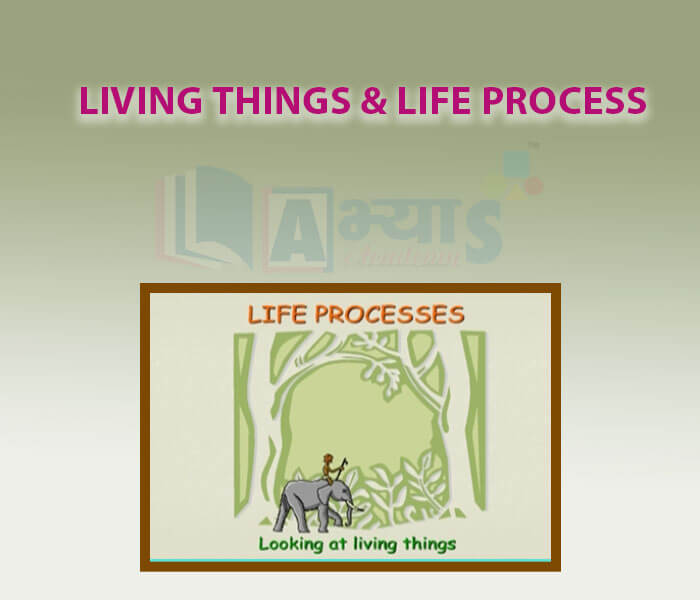
- Organisational Structure in Living Organisms
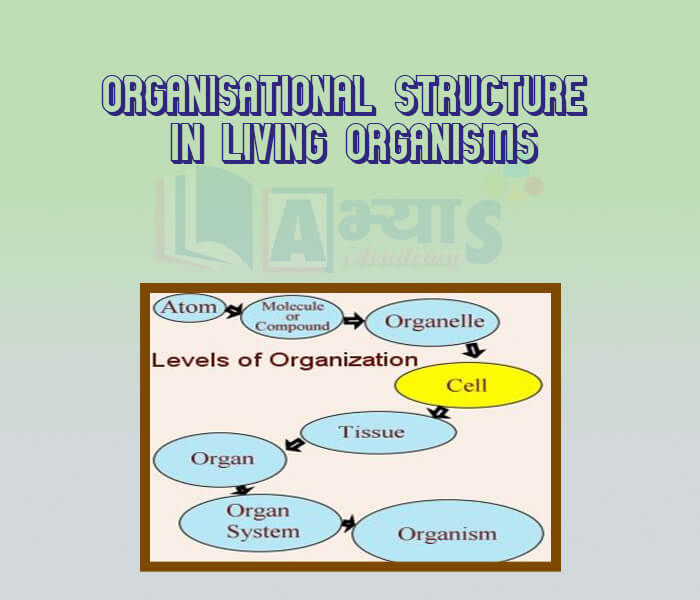
- Nutrition
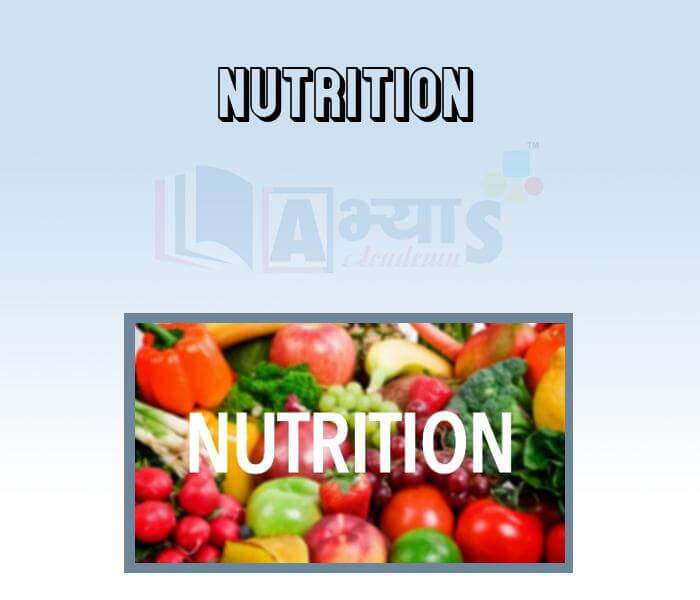
- Autotrophic Nutrition

- Photosynthesis and Its Requirements
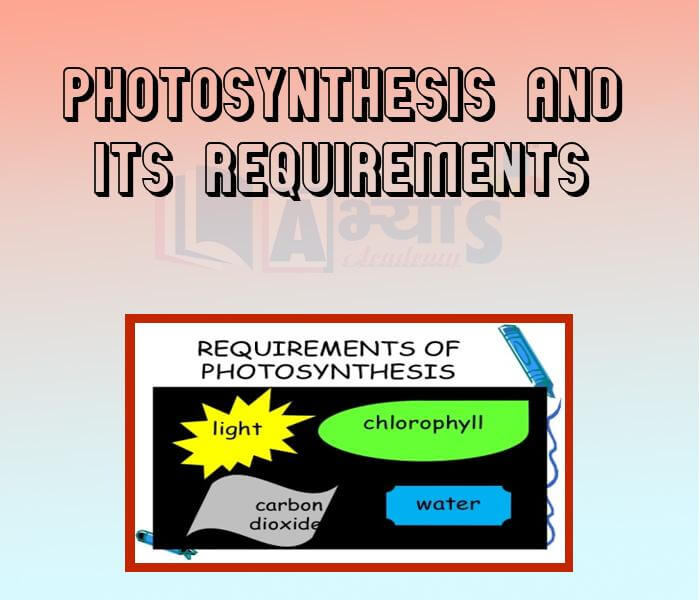
- Mechanism of Photosynthesis

- Factors Affecting Photosynthesis
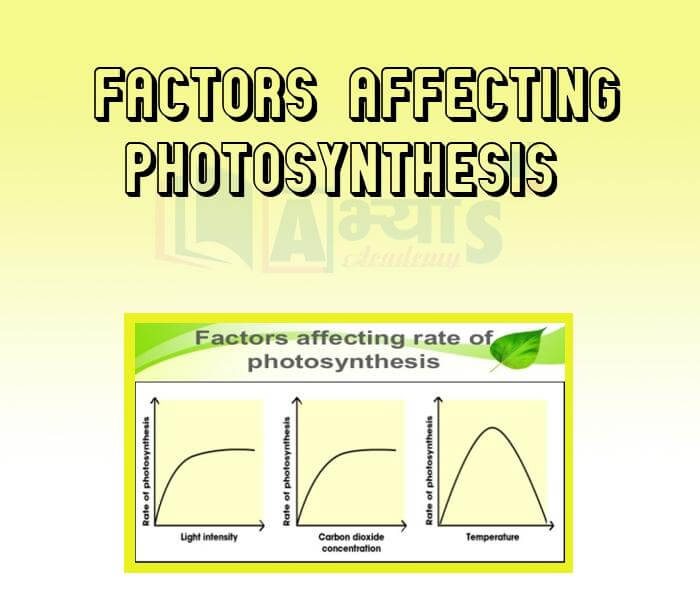
- Cross Section of a Leaf

- Heterotrophic Nutrition
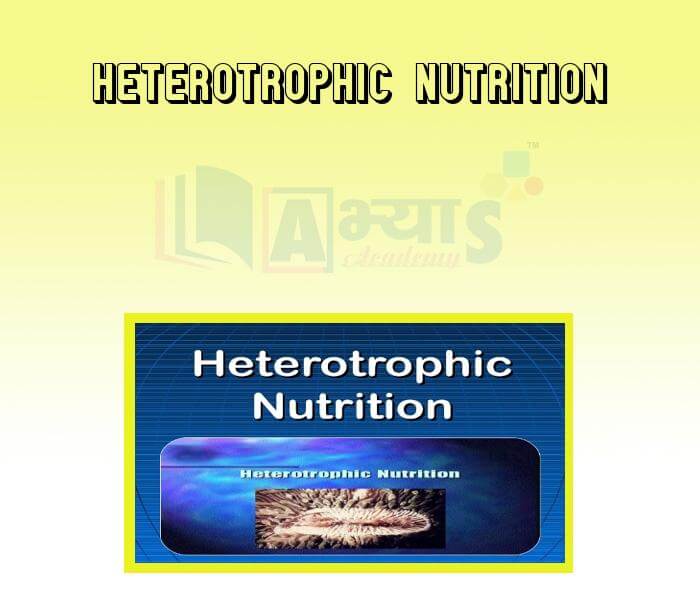
- Parasites
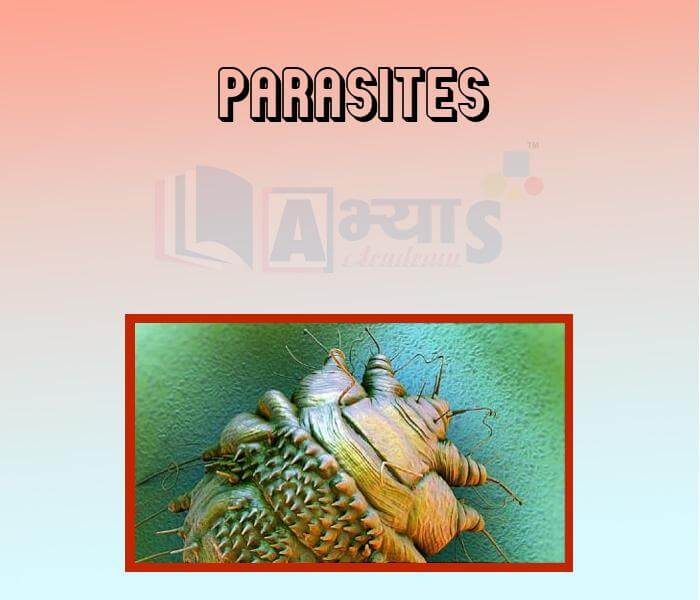
- Saprophytes

- Holozoic Nutrition

- Symbiotic Plants

- Nutrition in Amoeba

- Nutrition in Paramoecium
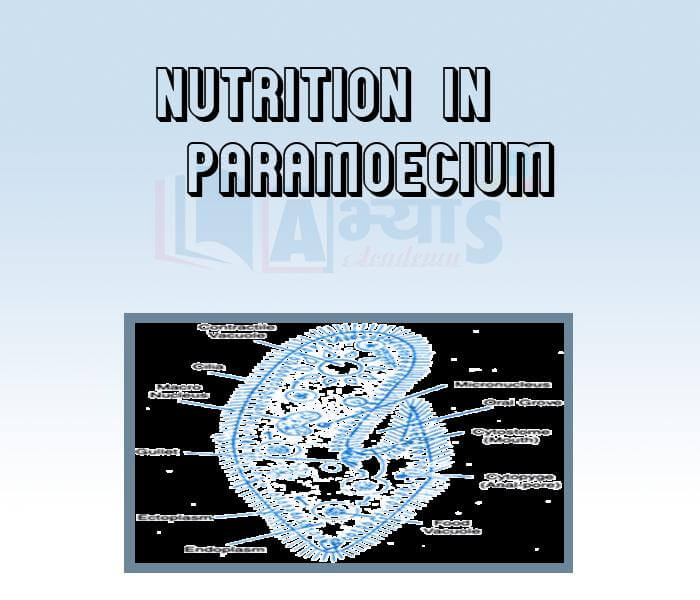
- Human Digestive System

- Peristaltic Movement
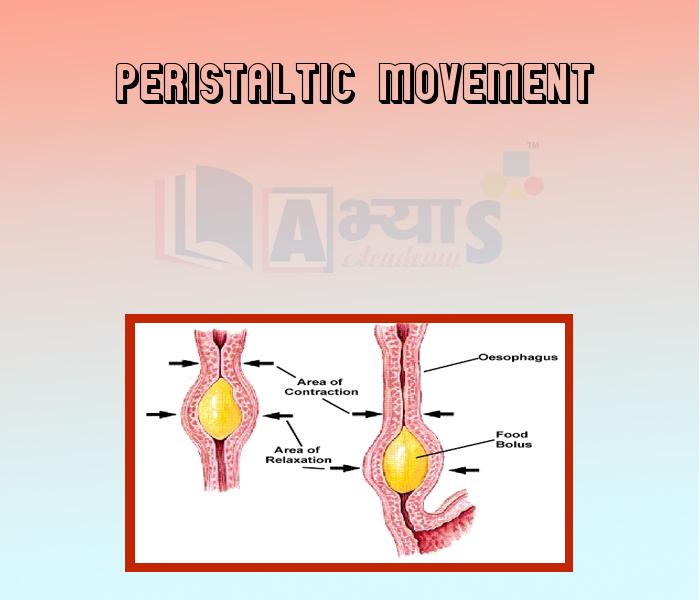
- Alimentary Canal
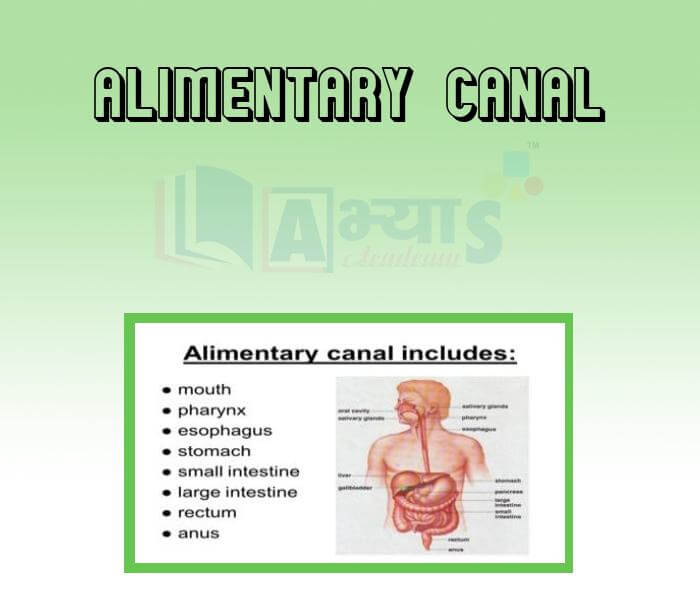
- Mouth Tongue Teeth and Tooth Decay
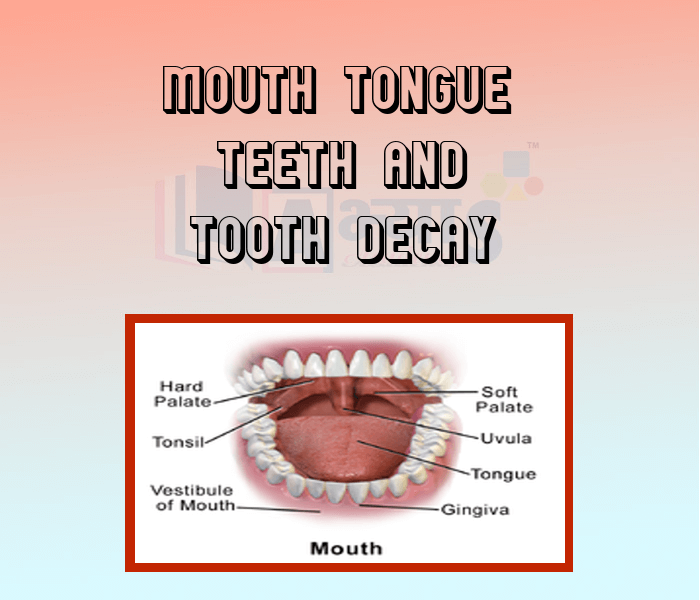
- Pharynx

- Oesophagus
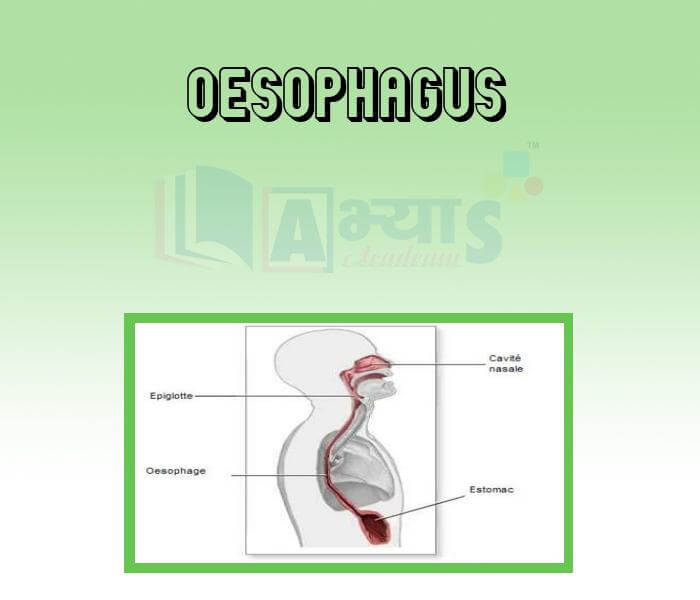
- Stomach
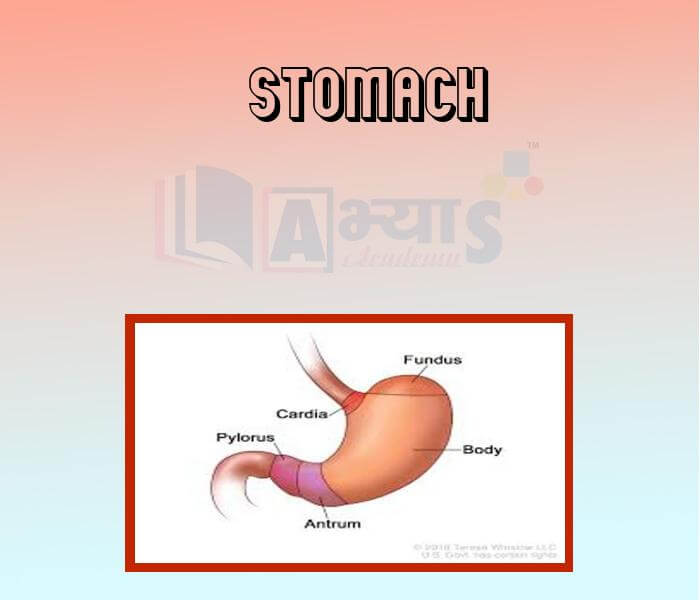
- Small Intestine
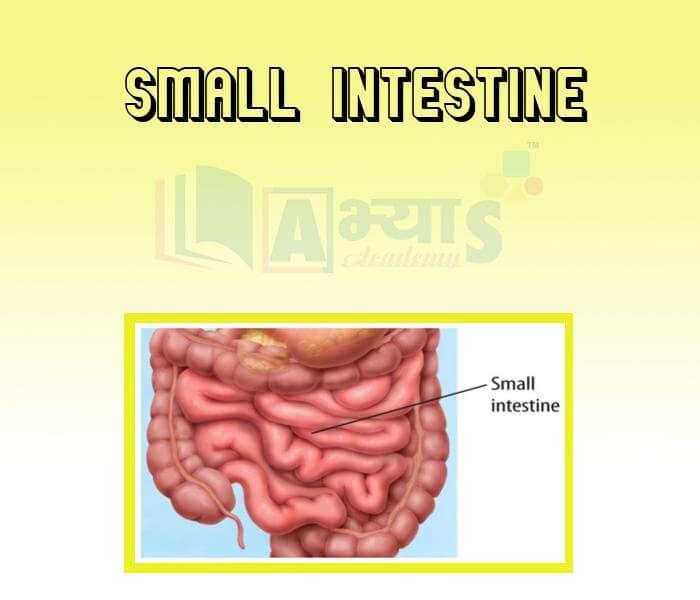
- Liver
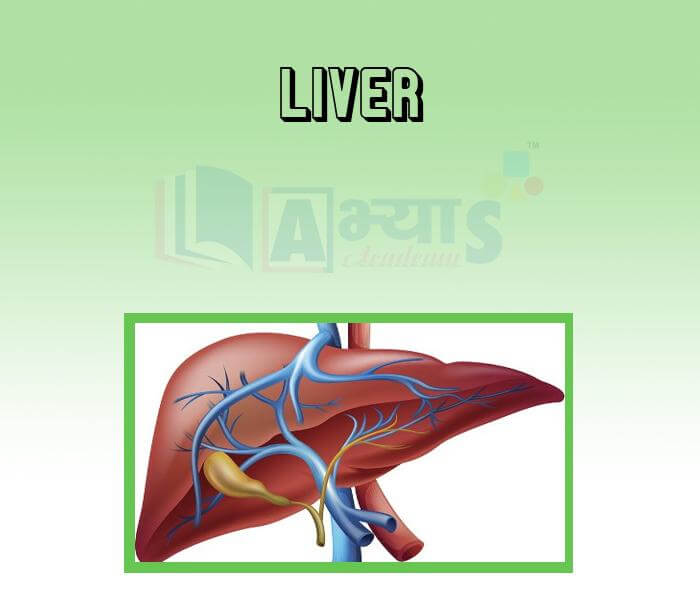
- Pancreas

- Large Intestine
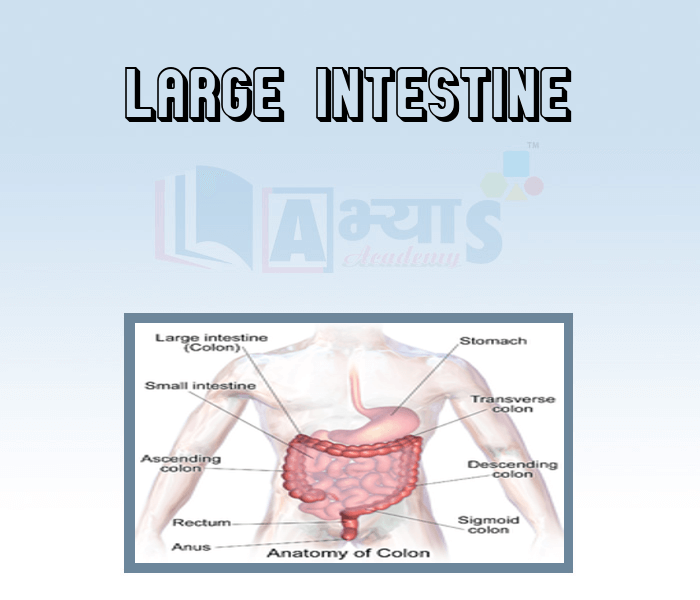
- Digestive Glands
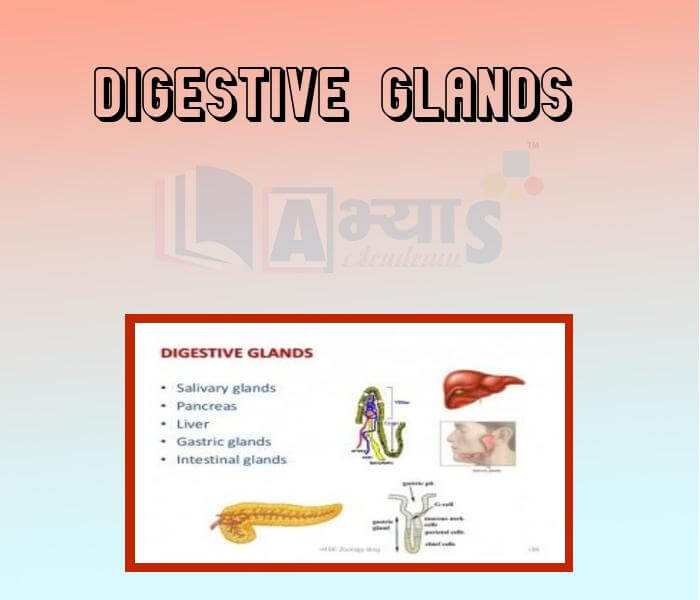
- Mechanism of Food Digestion
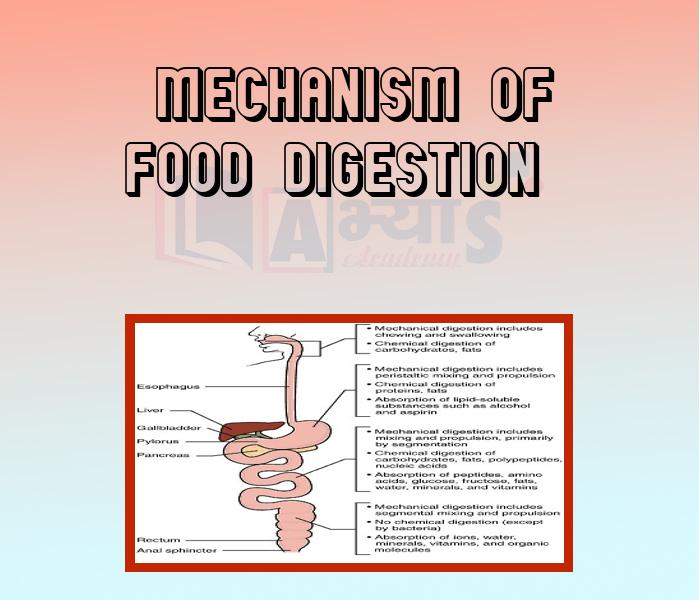
Explore Concepts (Click & View)
- Oxidation of Food and Respiration
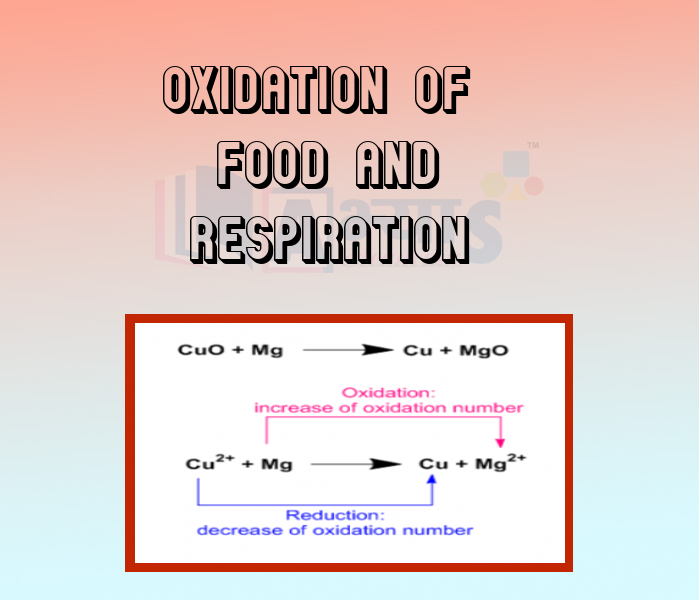
- Respiratory Substrate
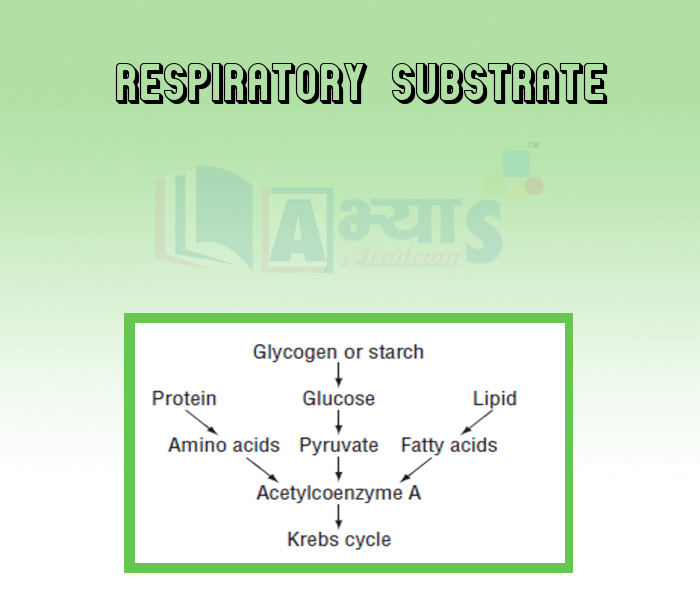
- Breathing
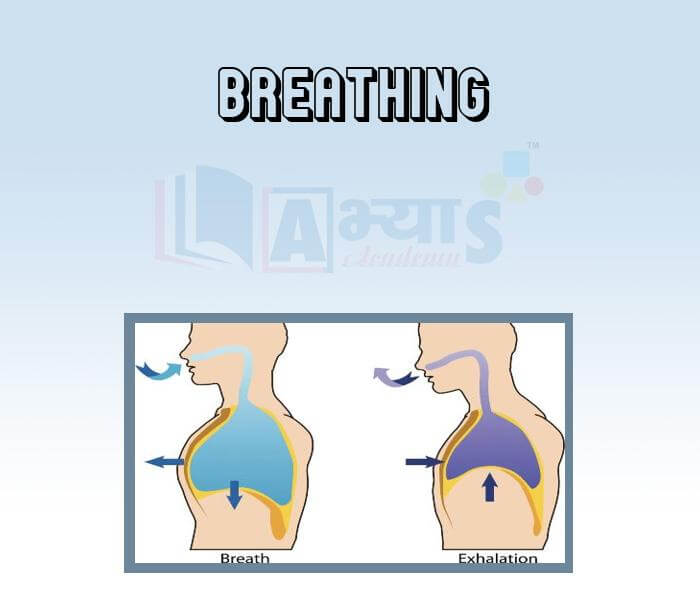
- Gaseous Exchange

- Difference between Respiration and Breathing
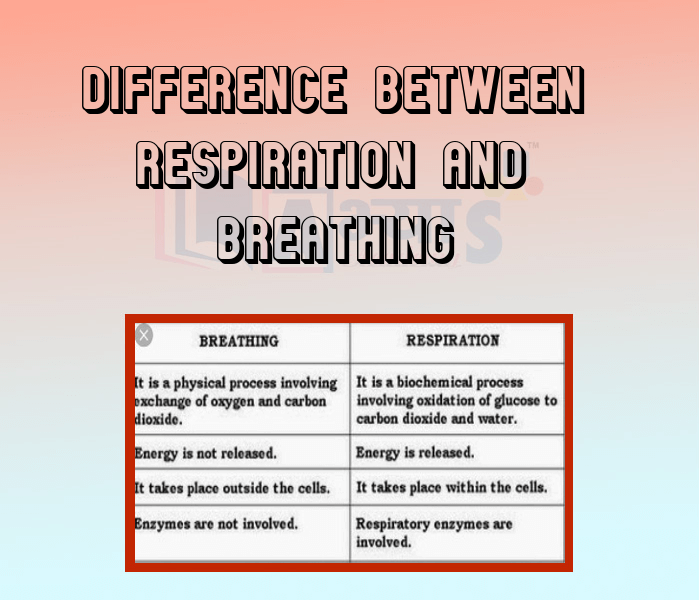
- Anaerobic Respiration
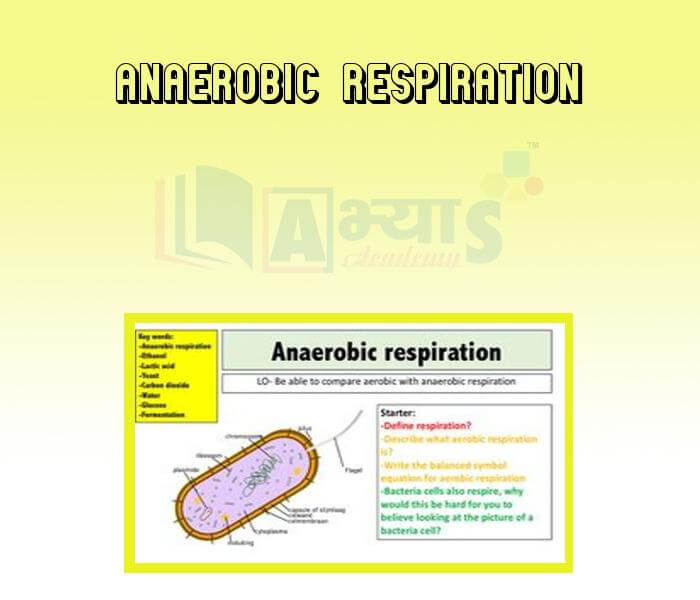
- Anaerobic Respiration Lactic Acid Fermentation
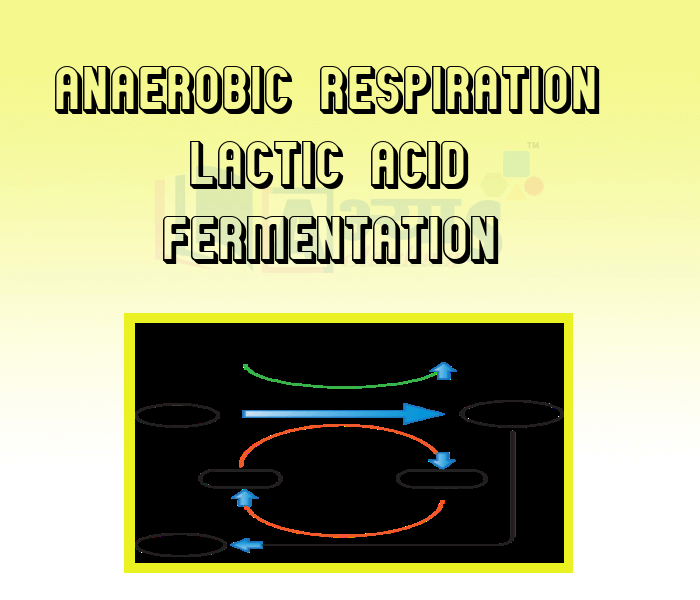
- Anaerobic Respiration Alcoholic Fermentation

- Aerobic Respiration
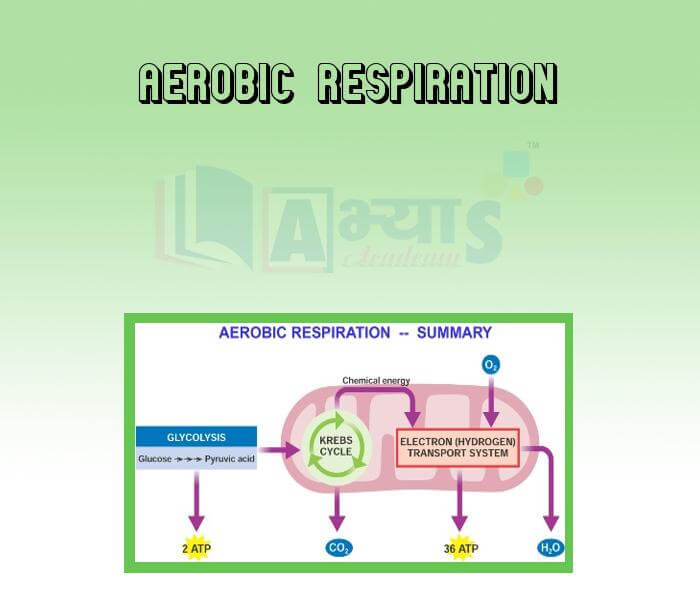
- Difference between Aerobic and Anaerobic Respiration
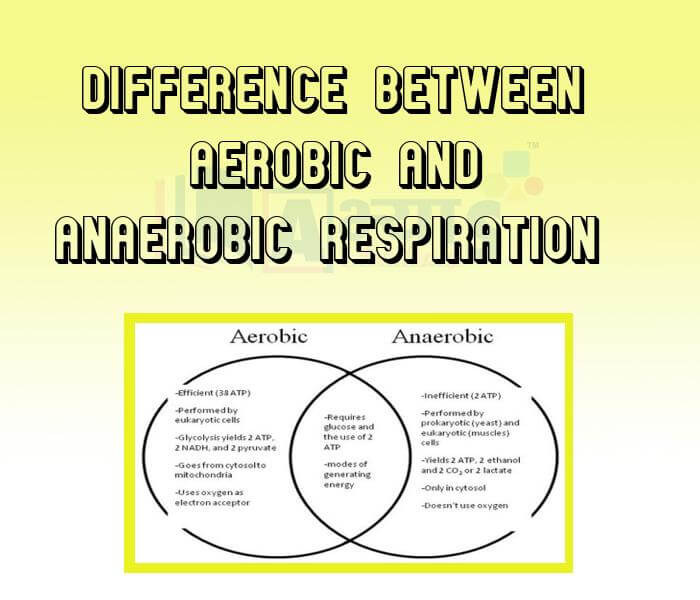
- Adenosine Tri Phosphate ATP

Explore Concepts (Click & View)
- Stages of Respiration
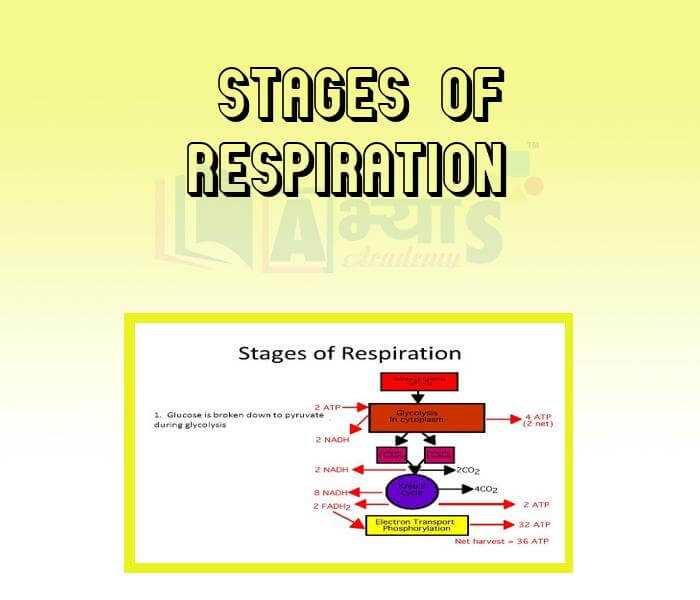
- Respiration among Plants

- Respiration in Amoeba and Paramoecium
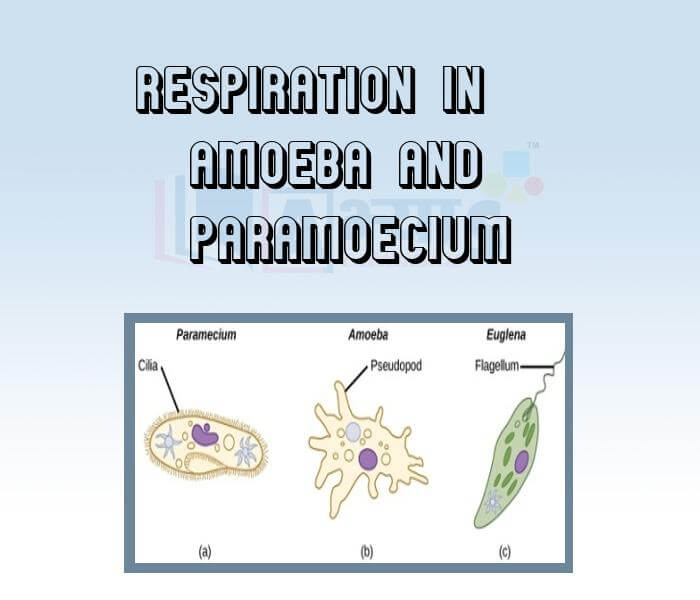
- Respiration in Aquatic Animals

- Respiration in Terrestial Animals

- Different Animals with their Respiratory Surfaces
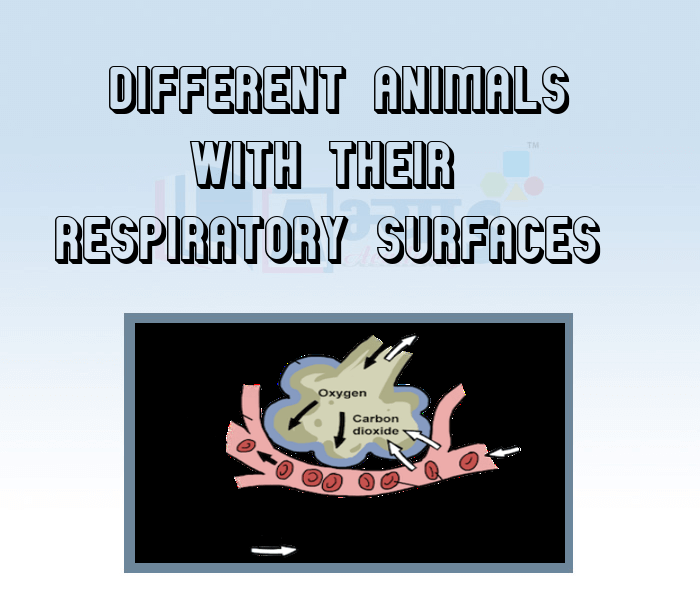
- Respiration in Human Beings
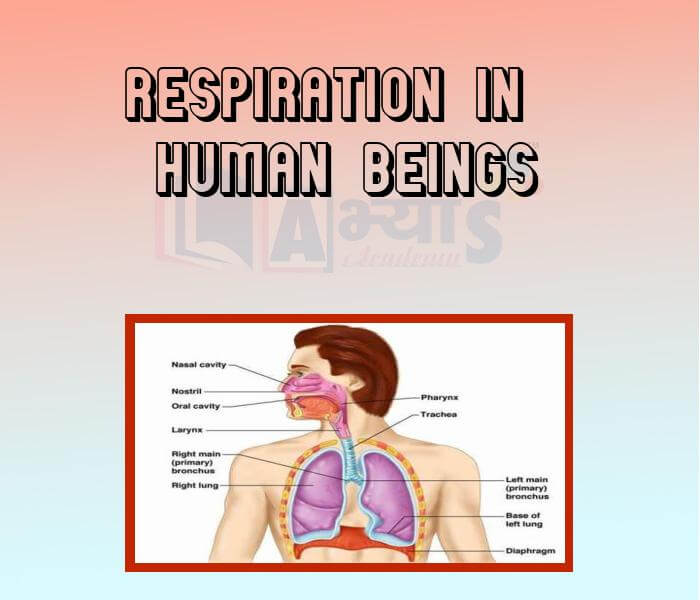
- Nasal Cavity

- Pharynx and Larynx
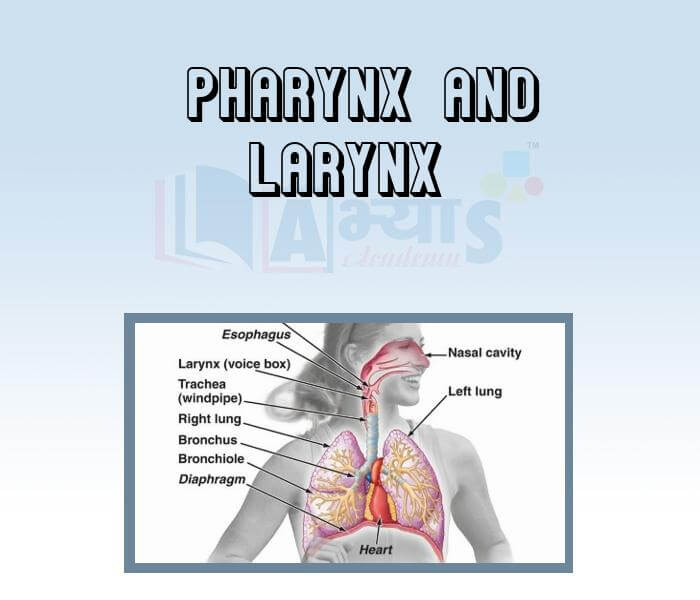
- Windpipe and Lungs
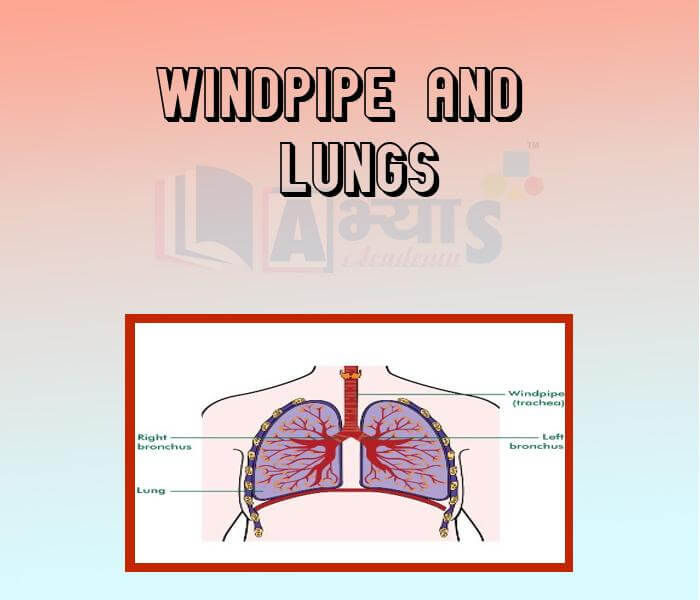
- Diaphragm
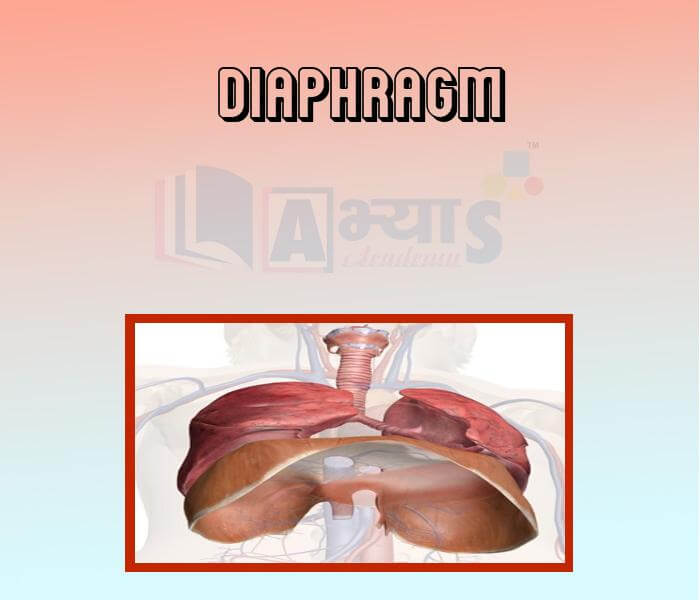
- Mechanism of Breathing Inspiration and Expiration
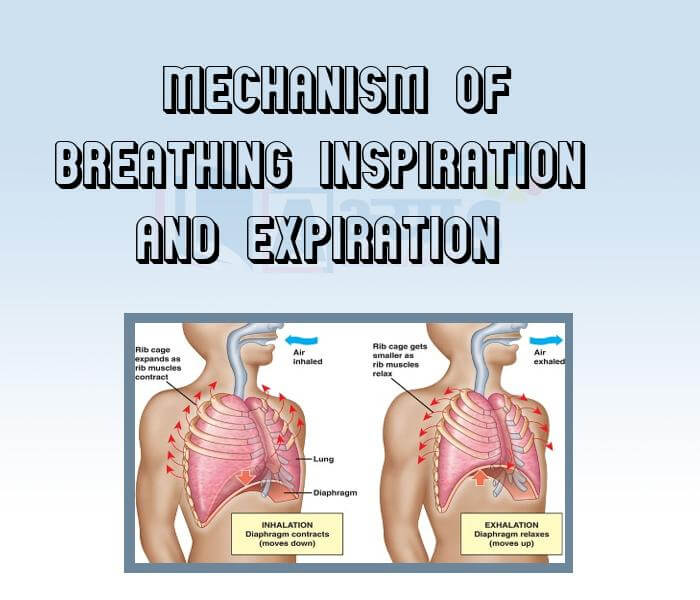
- Transport of Gases
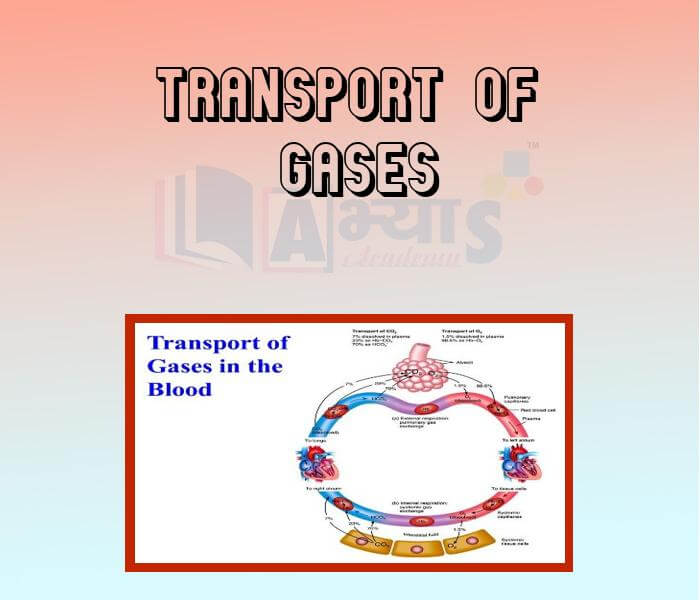
Explore Concepts (Click & View)
- Transportation Meaning

- Transportation in Plants -
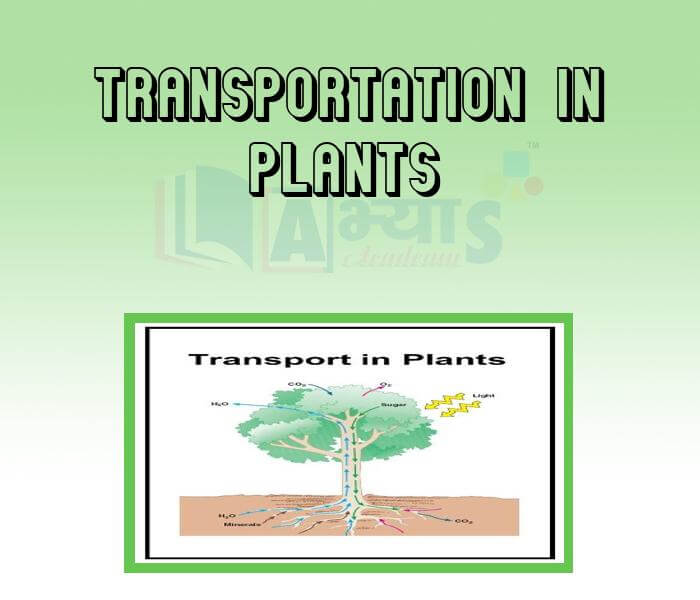
- Xylem Vascular Tissue

- Transpiration in Plants
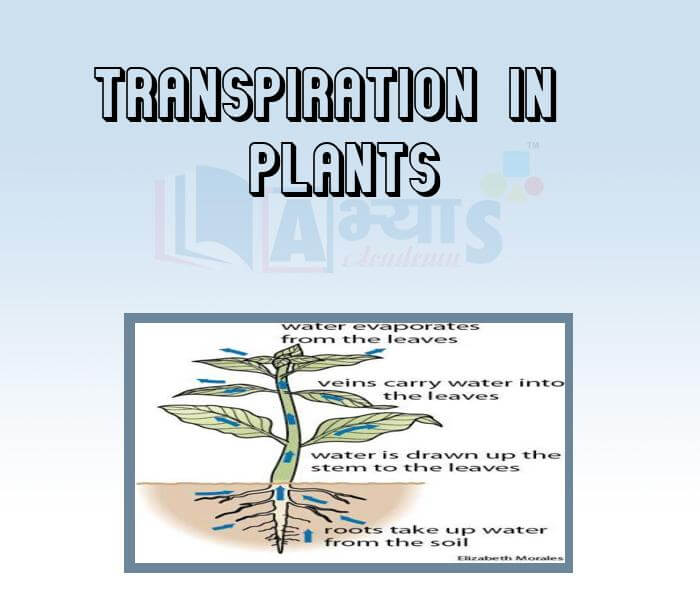
- Translocation in Plants

- Phloem Vascular Tissue
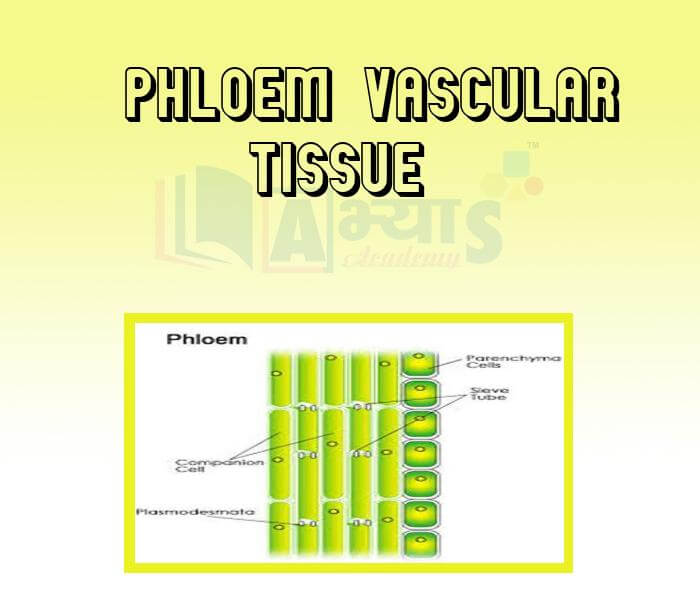
- Difference Between Xylem and Phloem
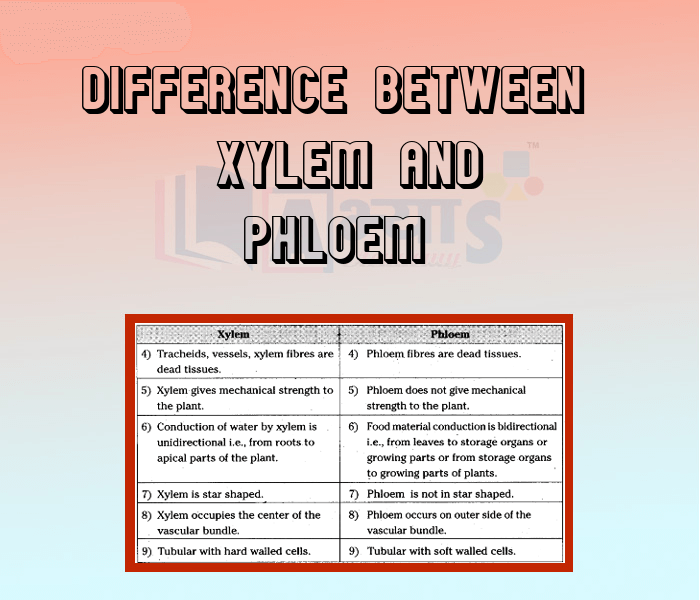
- Transportation in Animals
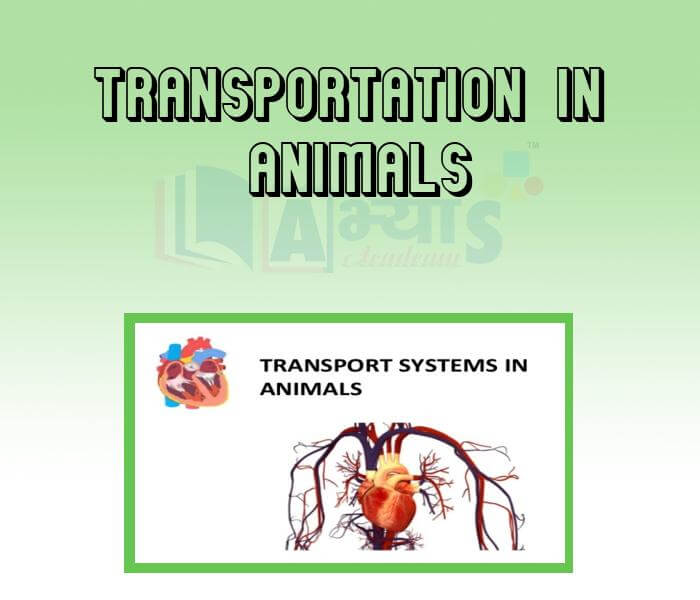
- Blood Connective Tissue
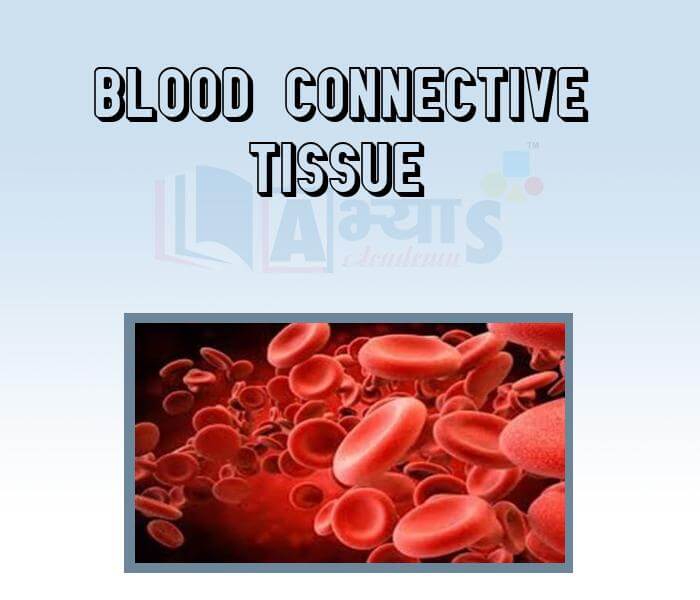
- Heart Pumping Organ
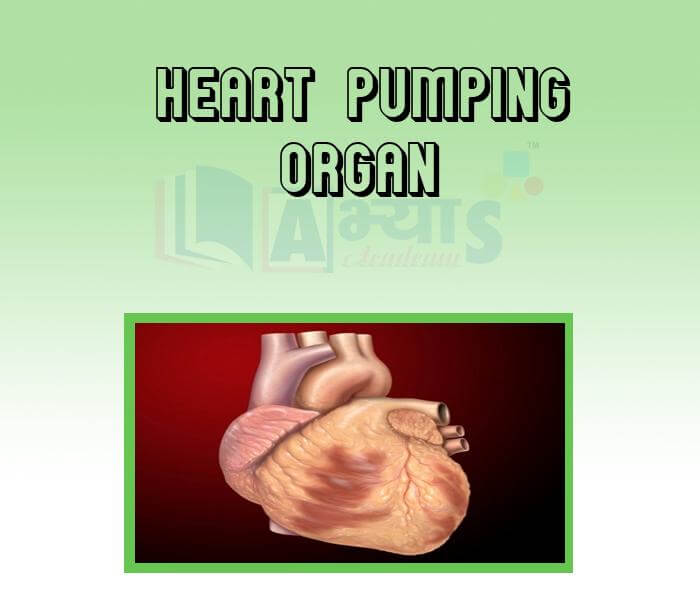
- Importance of Different Chambers in Heart
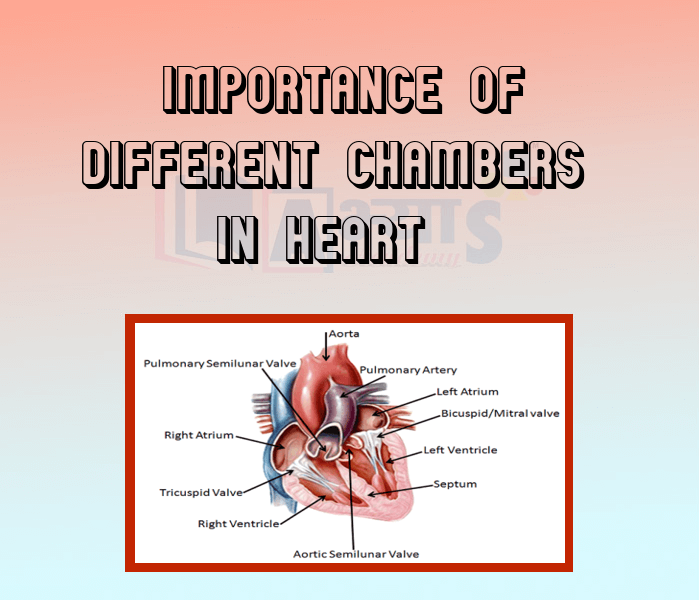
- Blood Vessels
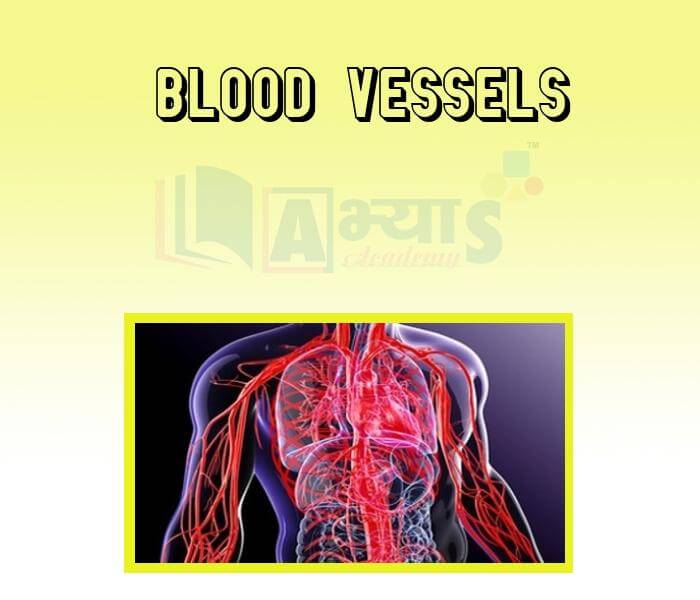
- Plasma
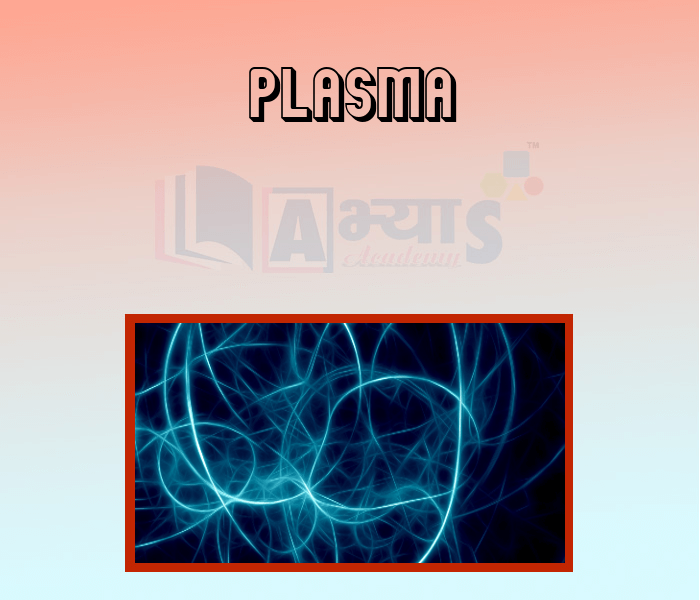
- Blood Platelets
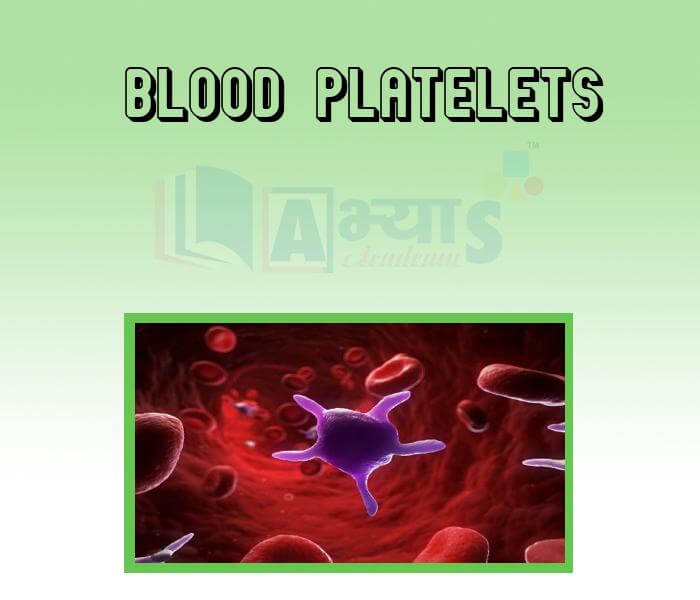
- Arteries and Veins
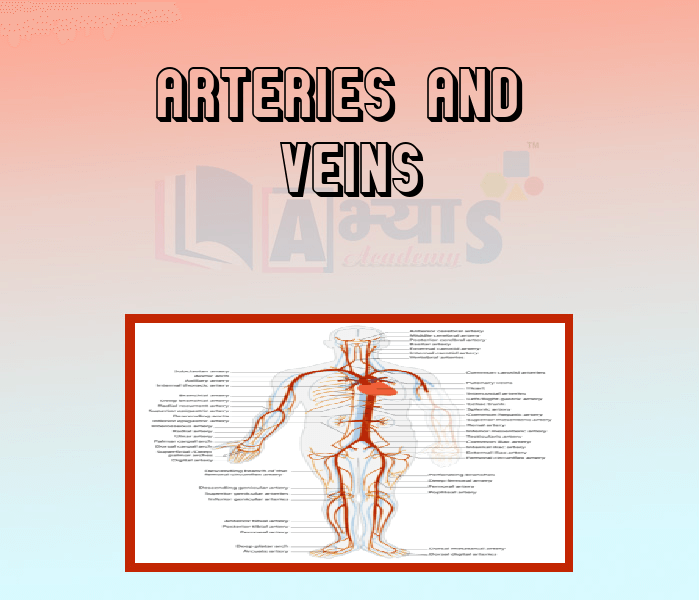
- Cardiac Cycle

- Blood Pressure
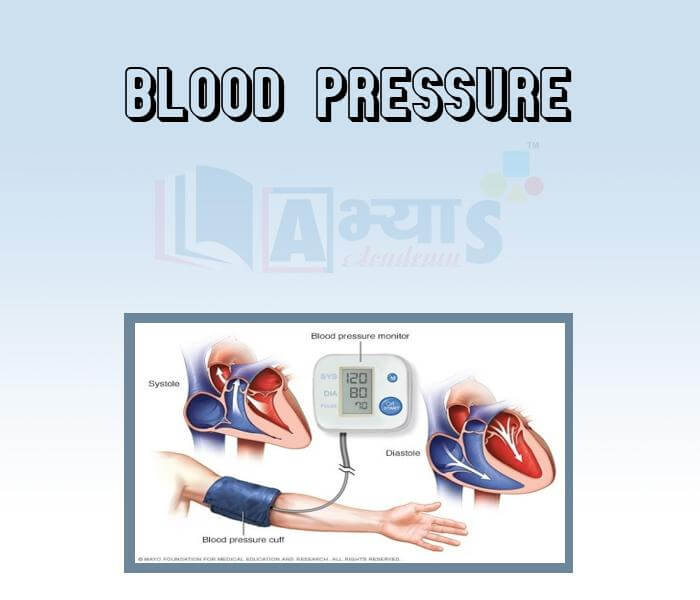
- The Lymphatic System
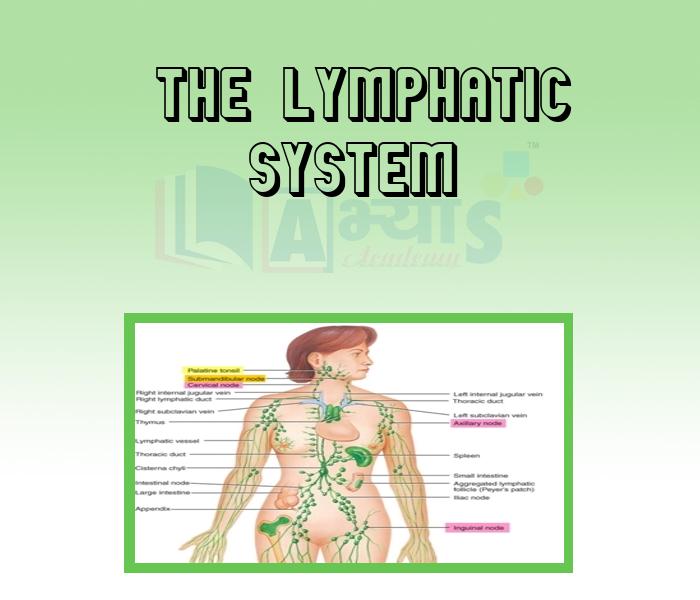
Explore Concepts (Click & View)
- Excretion Meaning
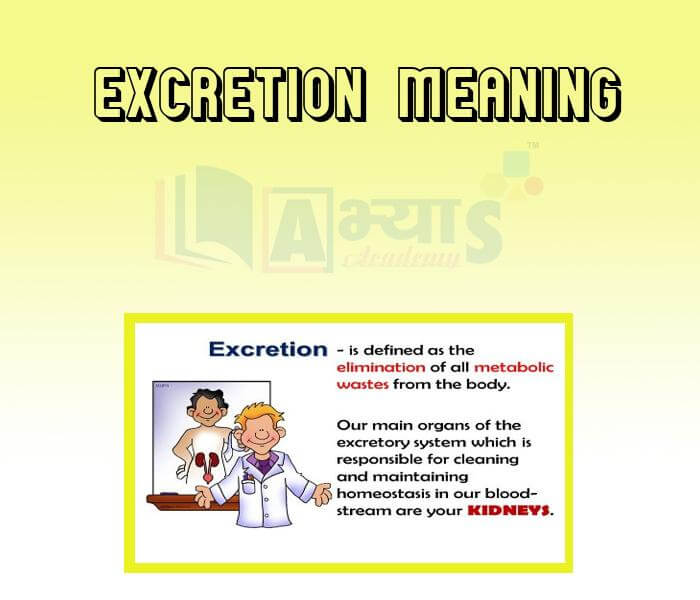
- Excretion in Animals
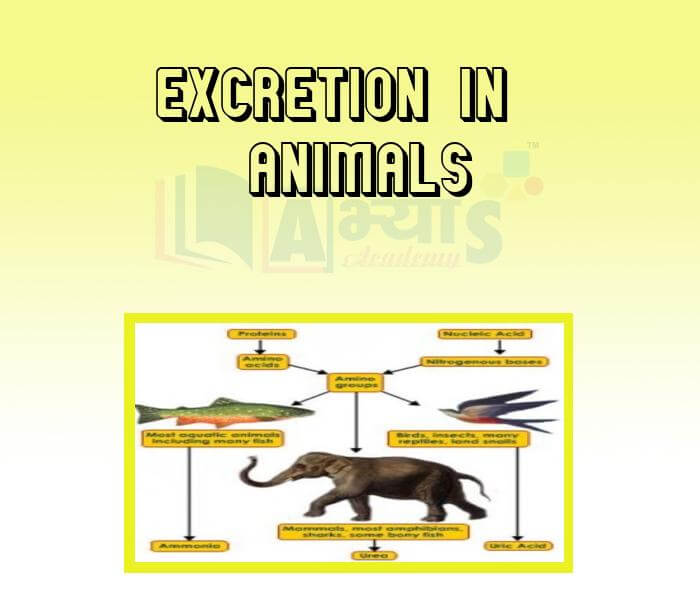
- Excretion through Skin Liver and Lungs
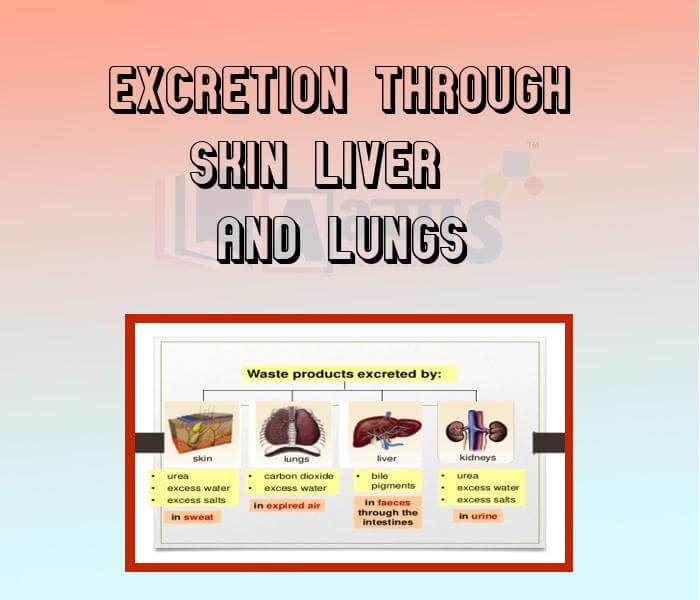
- Human Excretory System
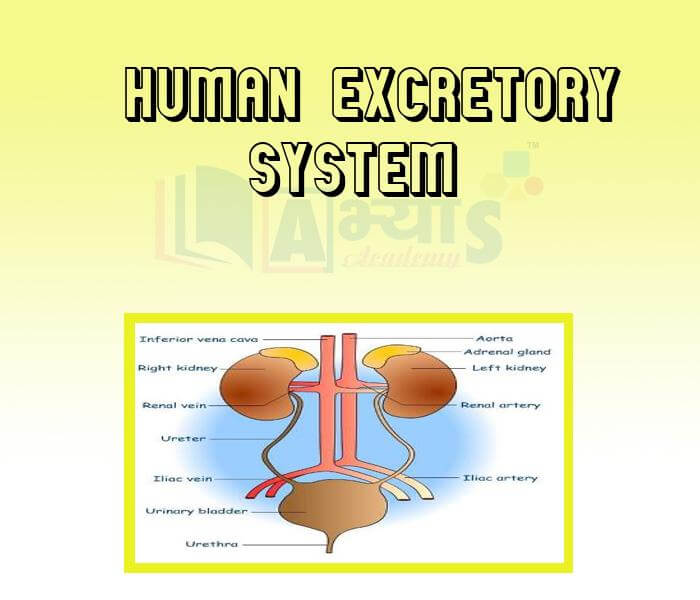
- Structure of Kidney
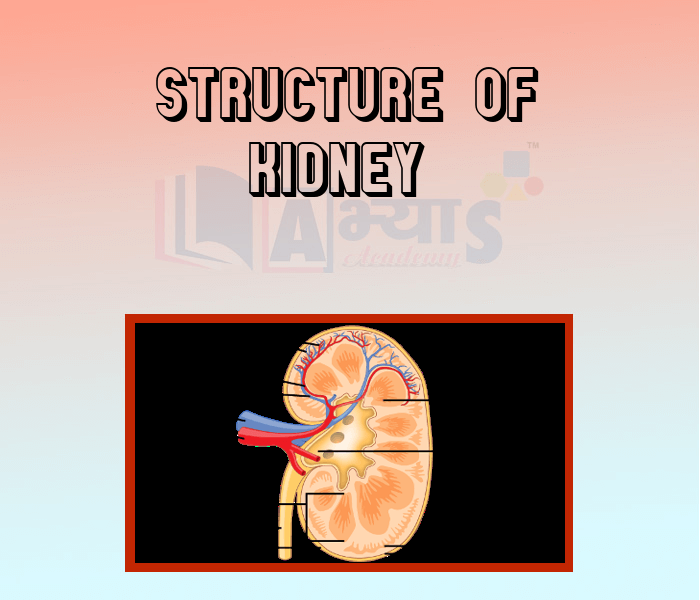
- Structure of Nephron

- Process of Excretion in Nephron
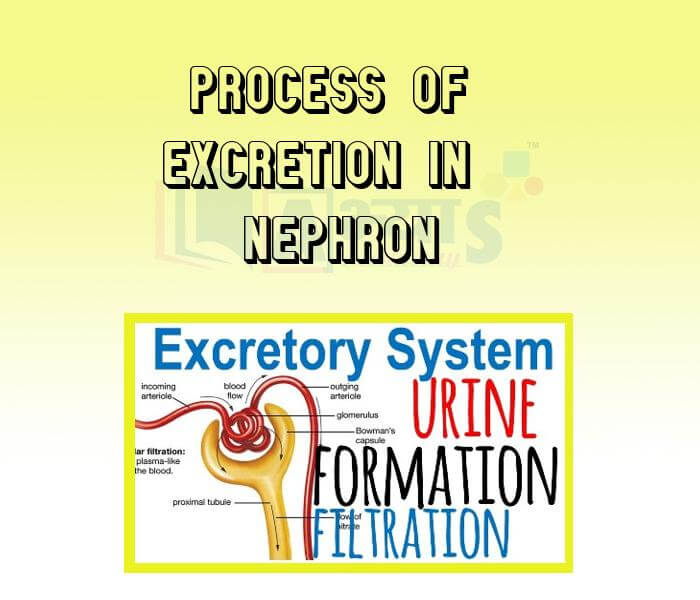
- Haemodialysis and Dialysis
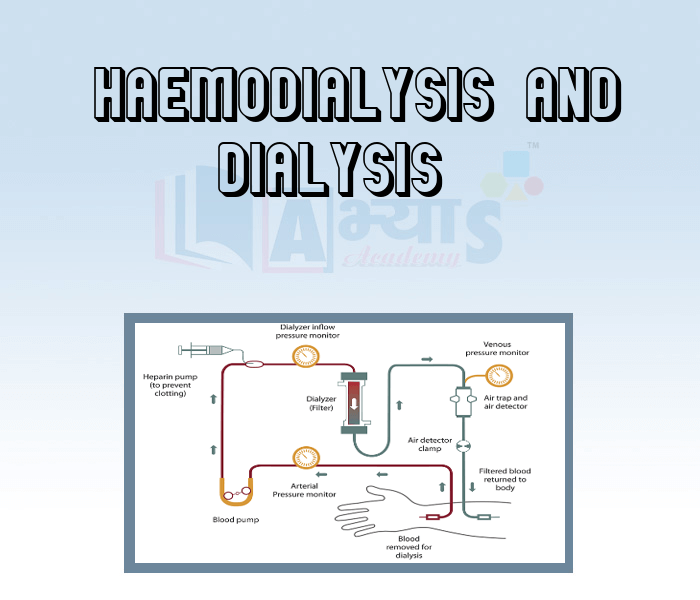
- Excretion in Plants

Explore Concepts (Click & View)
- Hormones Coordination in Animals
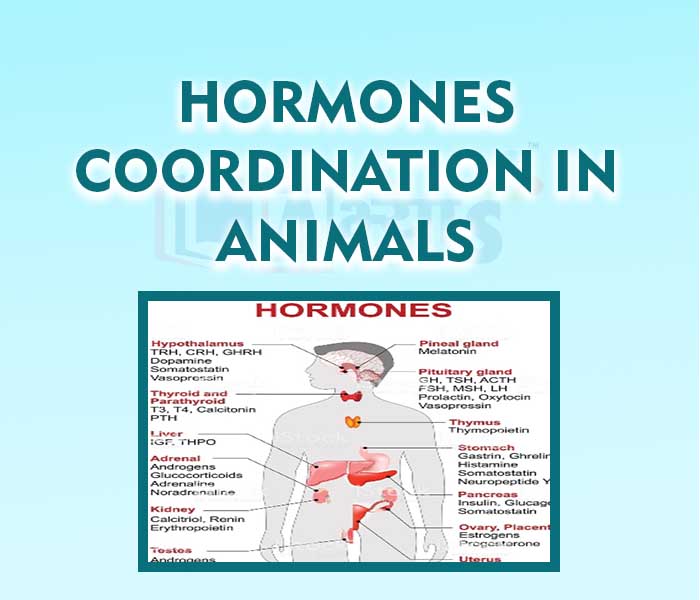
- Nerve Cell
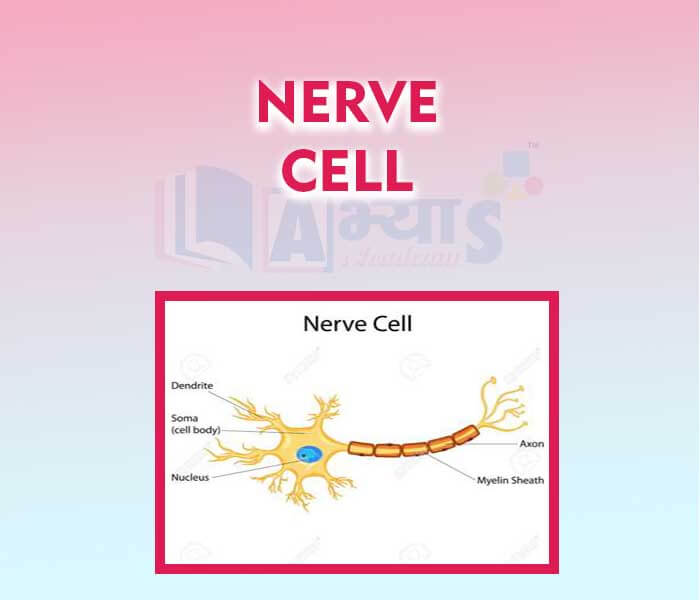
- Human Endocrine Glands

- Pituitary Gland
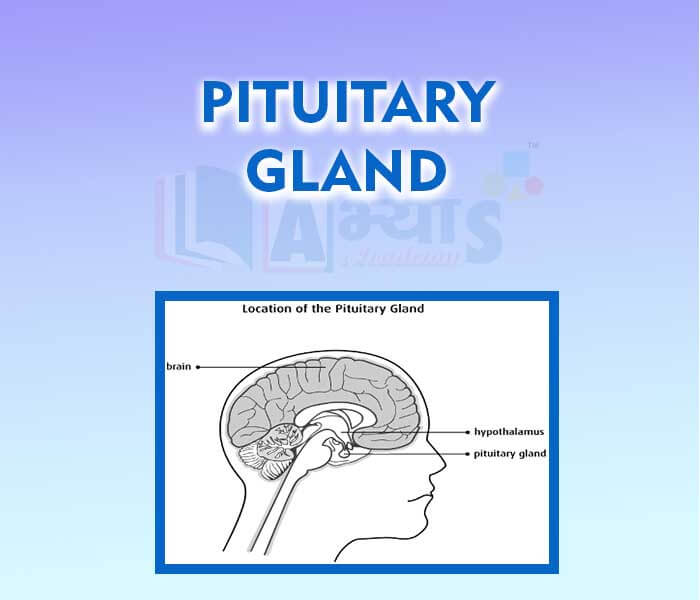
- Pineal Gland
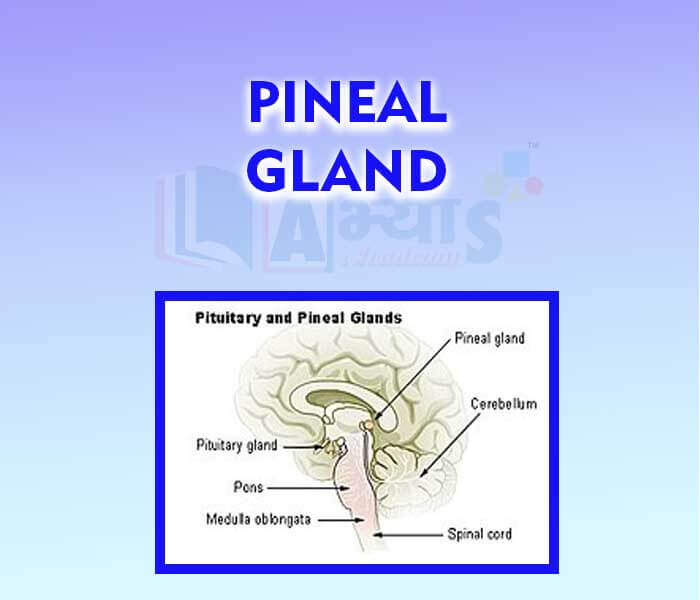
- Thyroid Gland
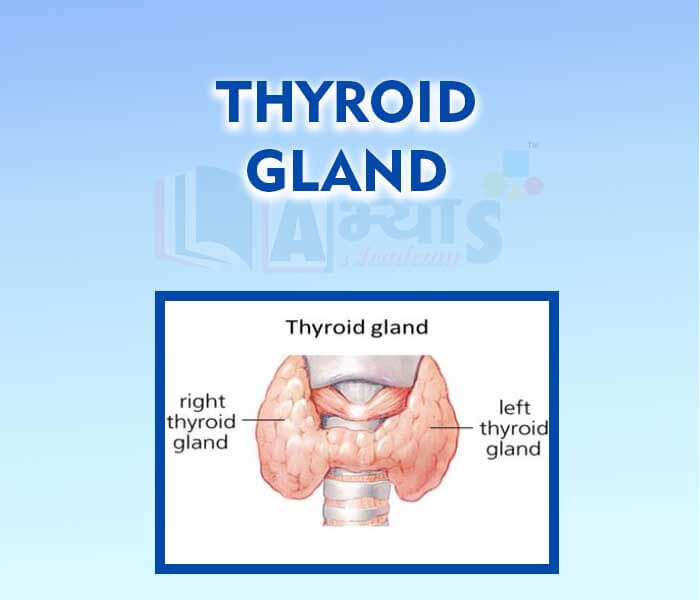
- Parathyroid Gland
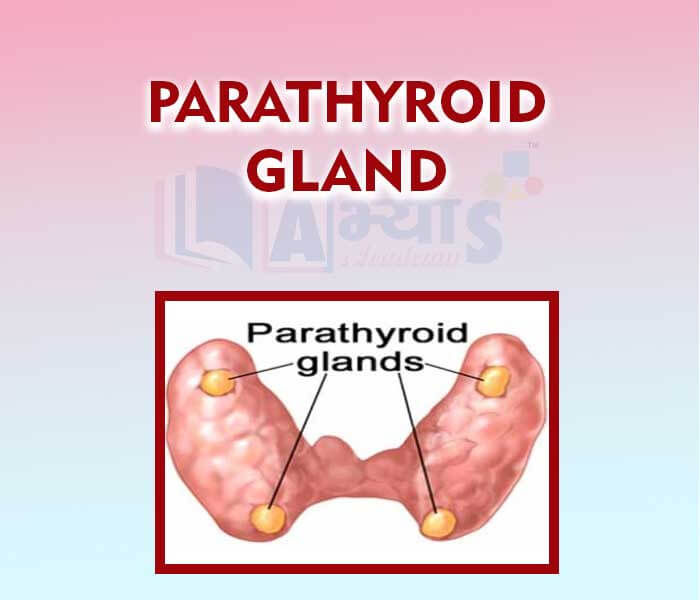
- Thymus Gland

- Pancreas or Islets of Langerhans Cells
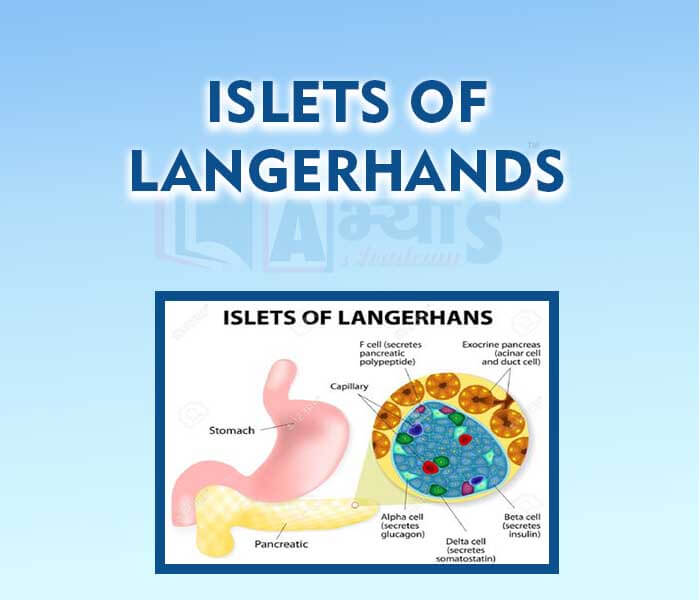
- Adrenal Gland Emergency Hormone

- Testis In Males -
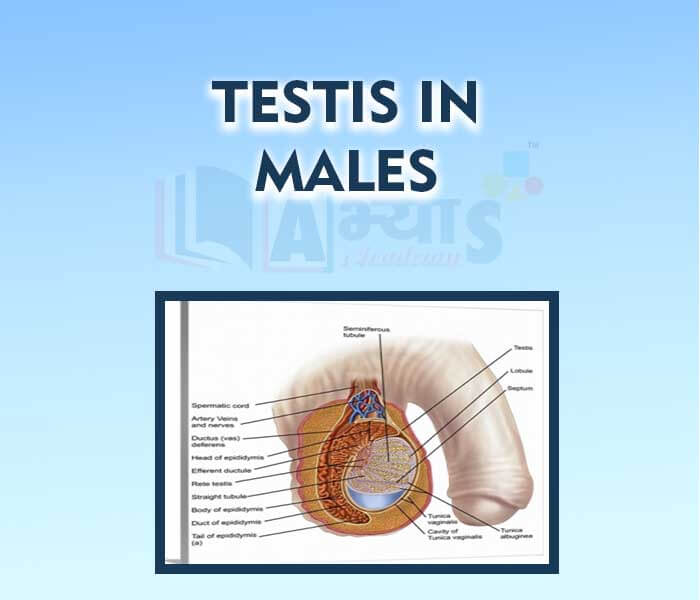
- Ovaries in Females -

- Control of Hormone Secretion -
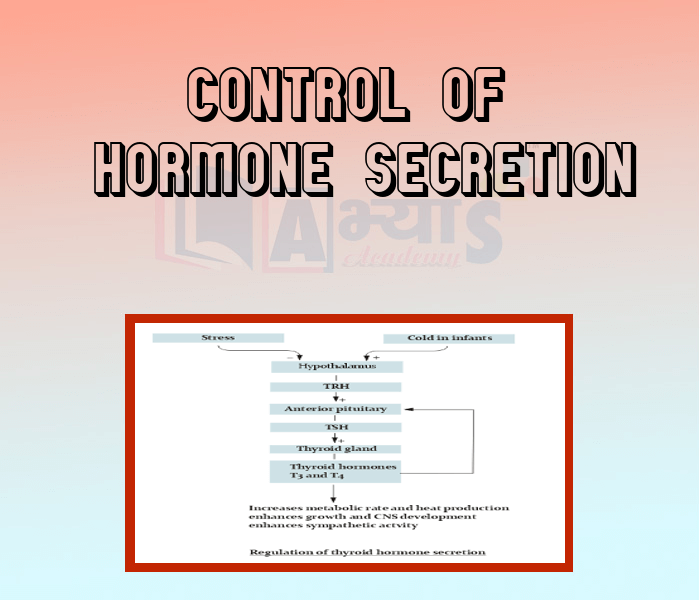
- Human Nervous System
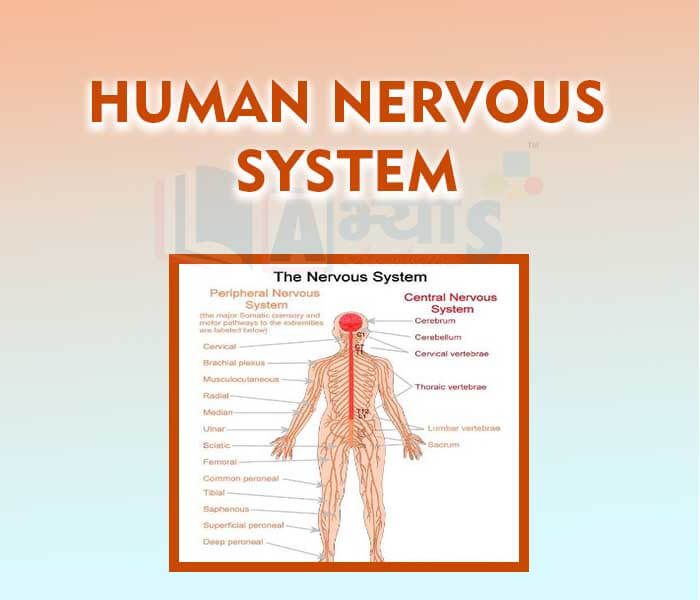
- Receptor Cells
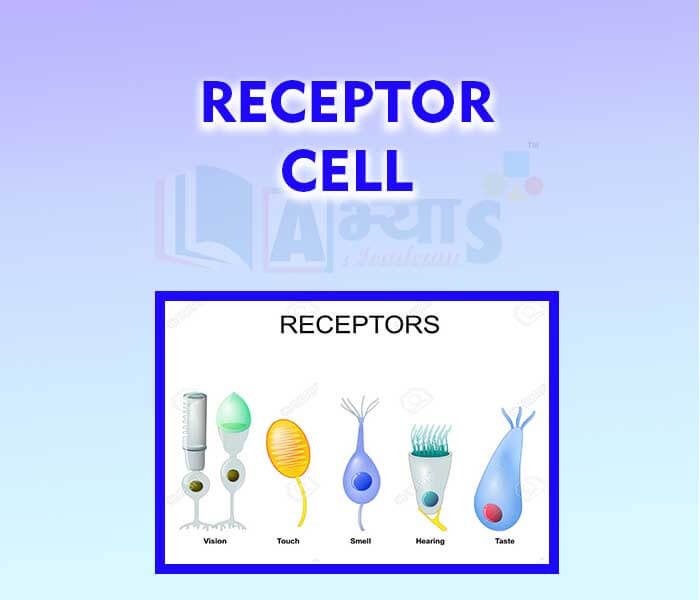
- Brain Central Nervous System

- SpinaI Cord Central Nervous System
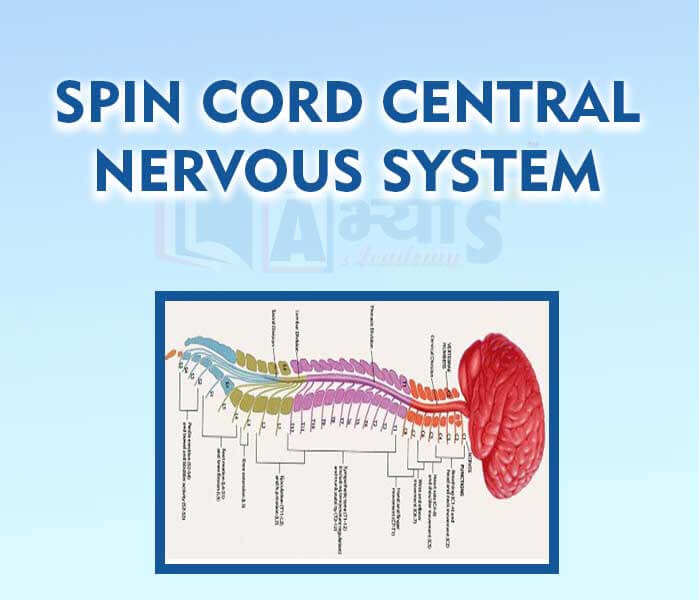
- Reflex Action

- Sensitivity in Organisms

- Peripheral Nervous System

- Autonomic Nervous System
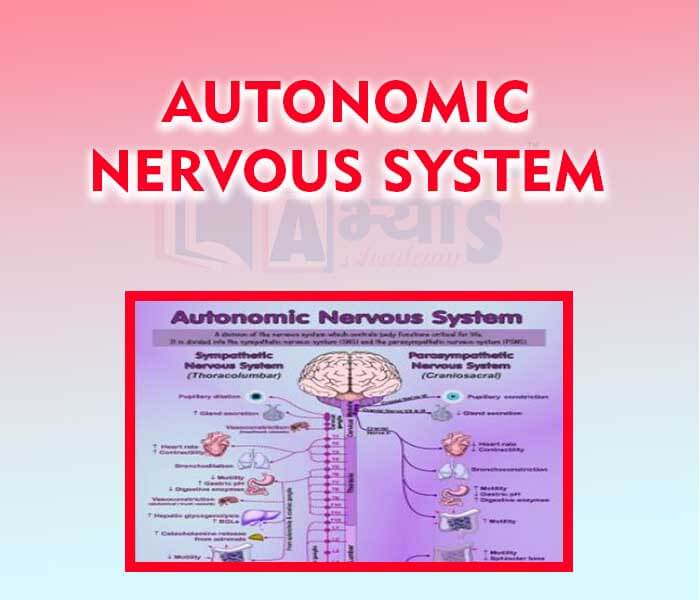
Explore Concepts (Click & View)
- Response in Plants or Turgor Movements
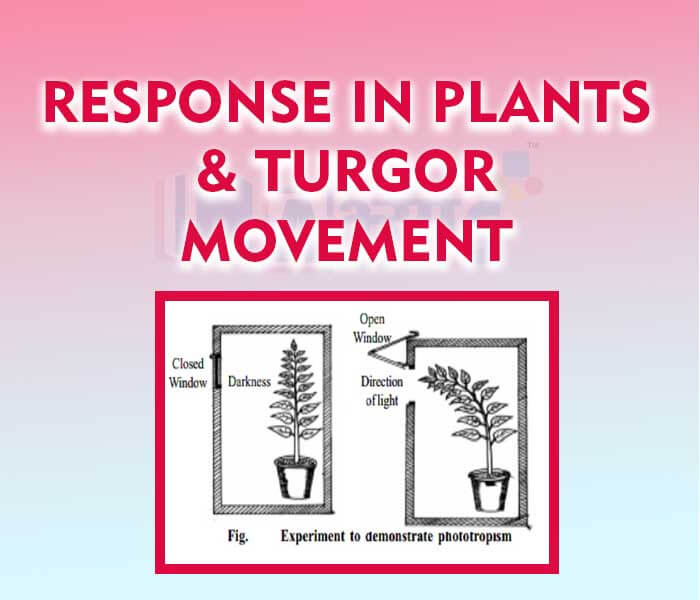
- Immediate Resposnse to Stimulus in Plants -

- Movement due to Growth in Plants -
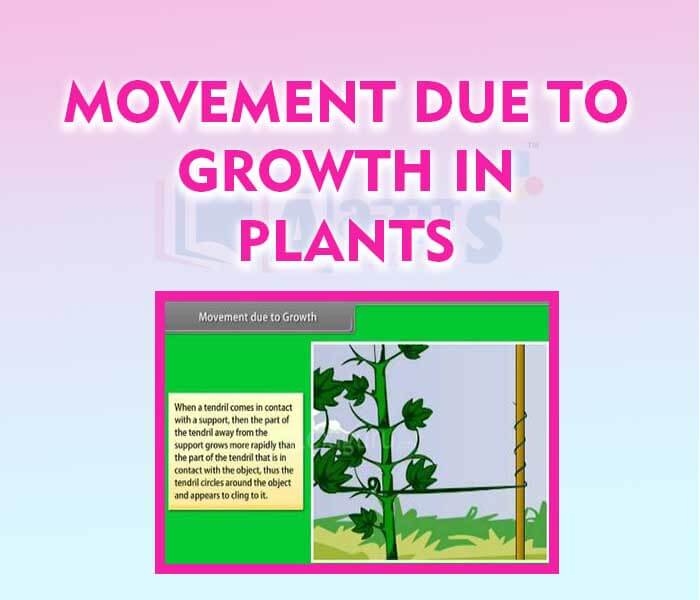
- Nastic Movements

- Stomatal Movements

- Growth or Tropic Movements

- Phototropism Movement
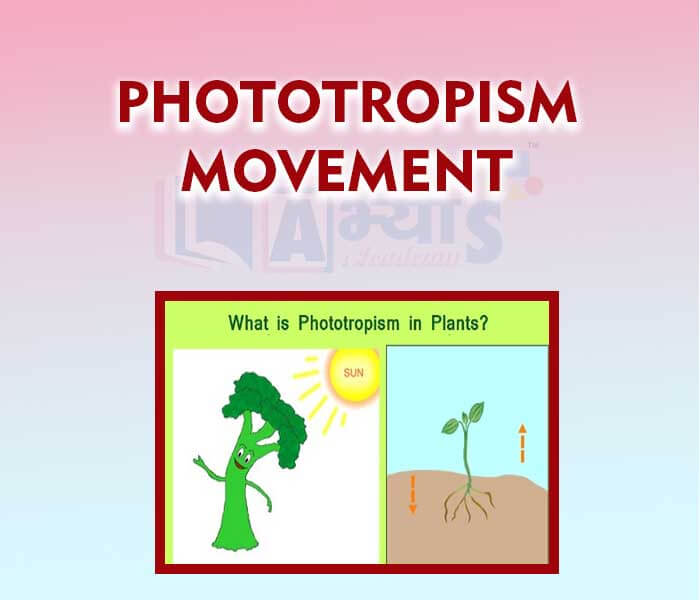
- Geotropism Movement
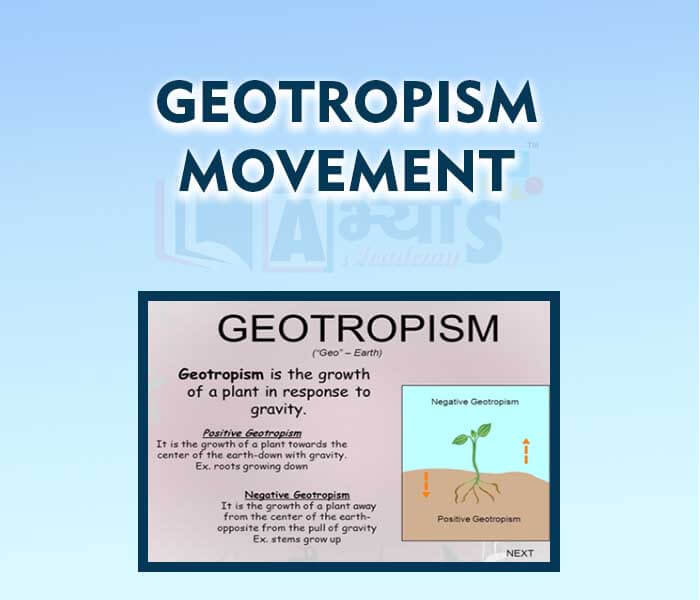
- Hydrotropism Movement
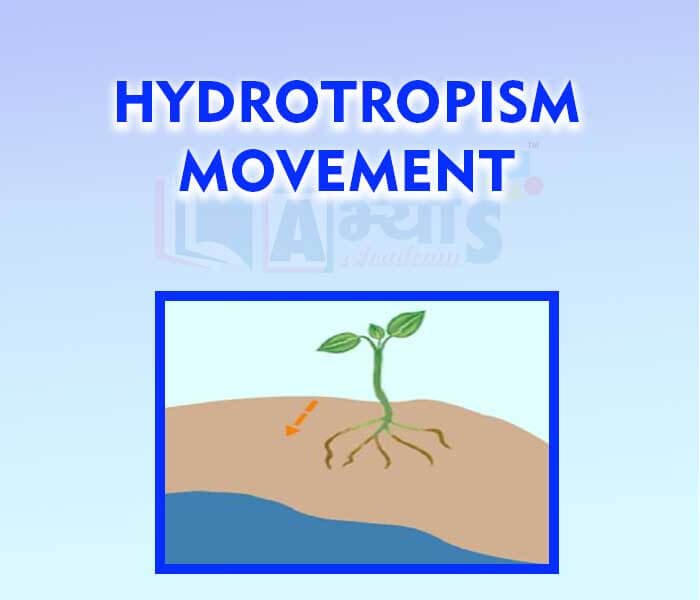
- Chemotropism Movement
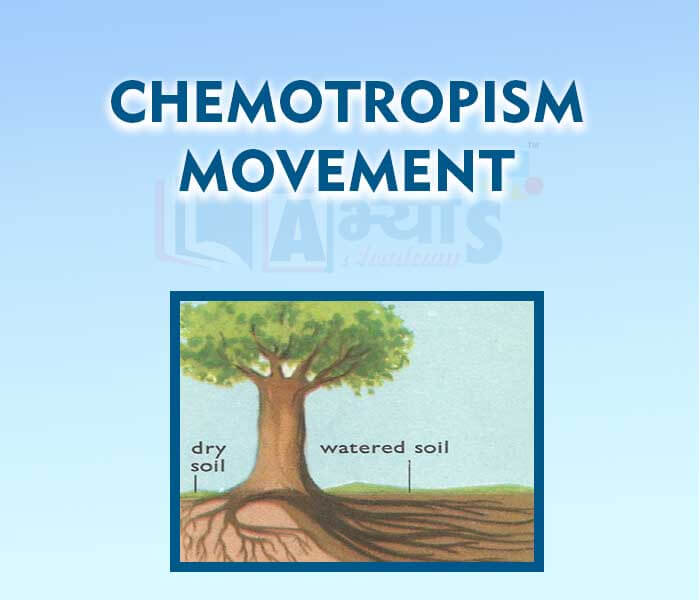
- Thigmotropism Movement -

- Plant Hormones
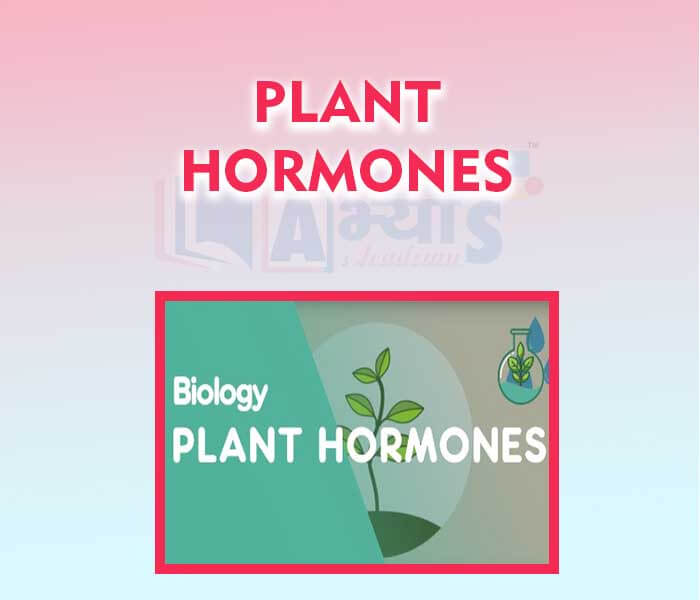
- Auxins
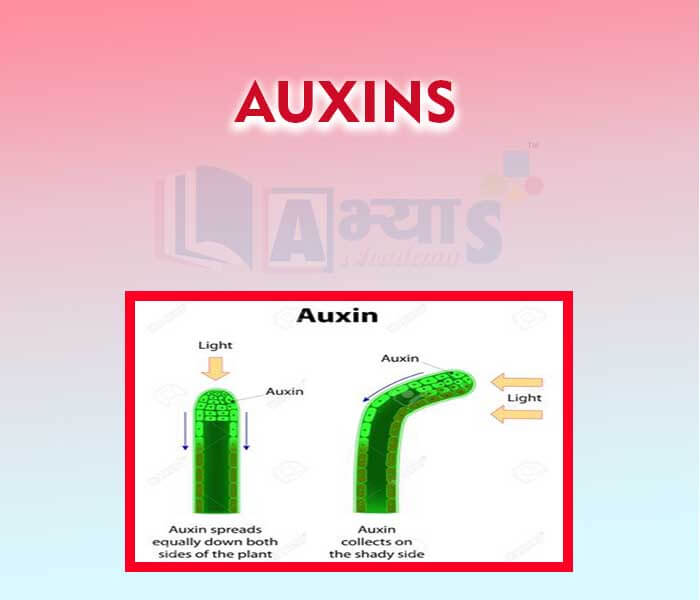
- Gibberellins

- Cytokinins
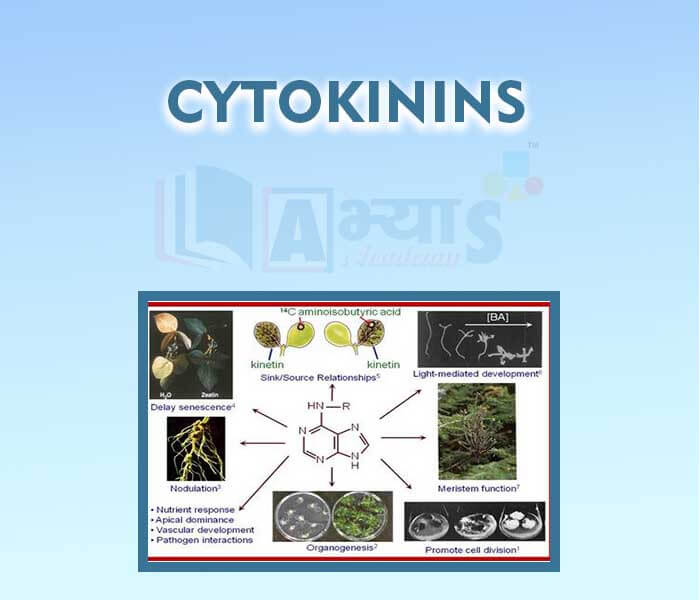
- Abscisic Acid And Ethylene

Explore Concepts (Click & View)
- Organisms Produce Similar Offsprings
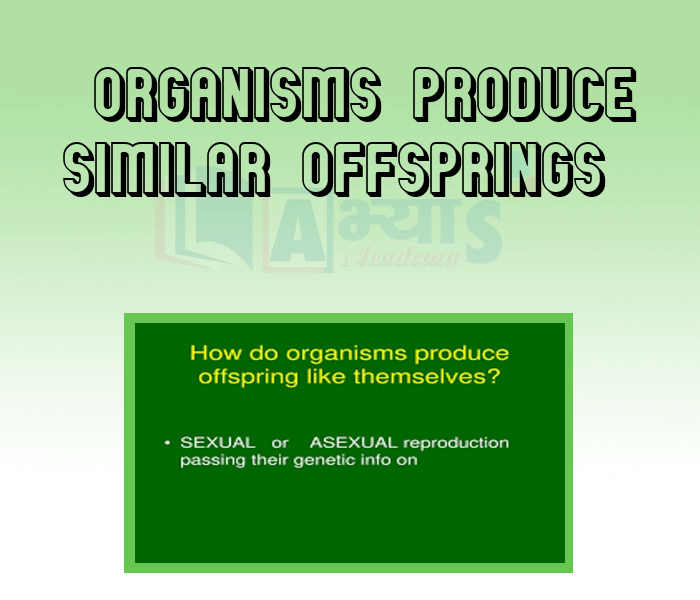
- Importance of Variation -
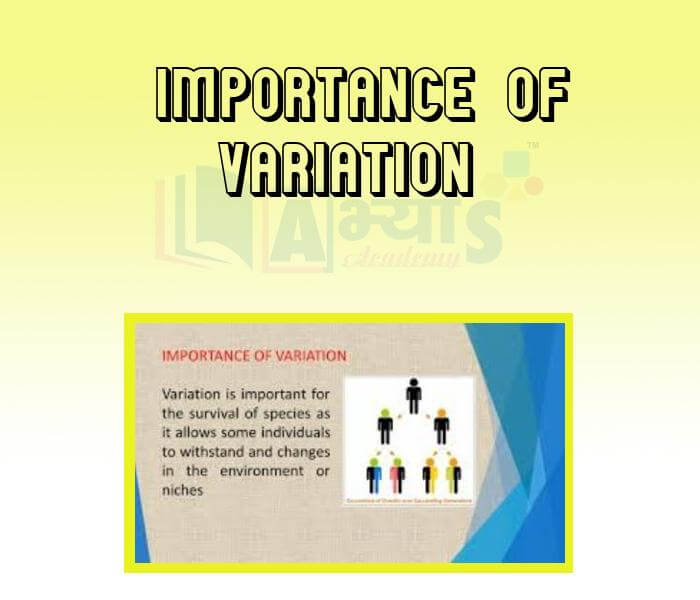
- Asexual Reproduction -
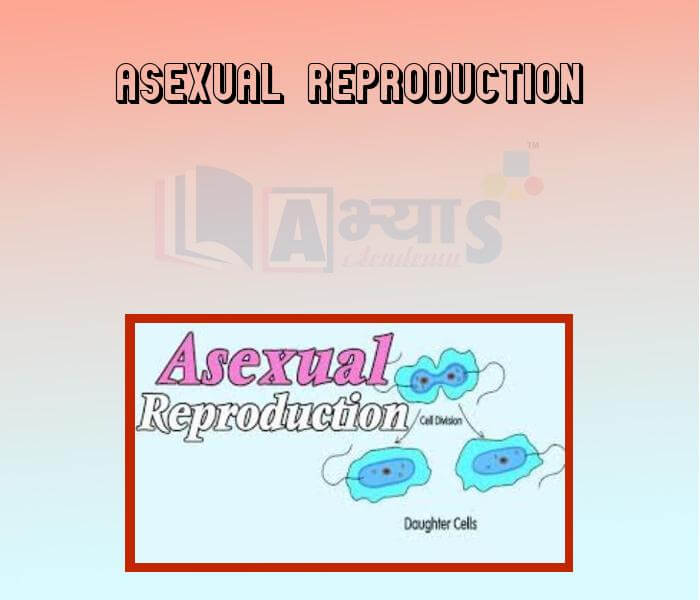
- Binary Fission
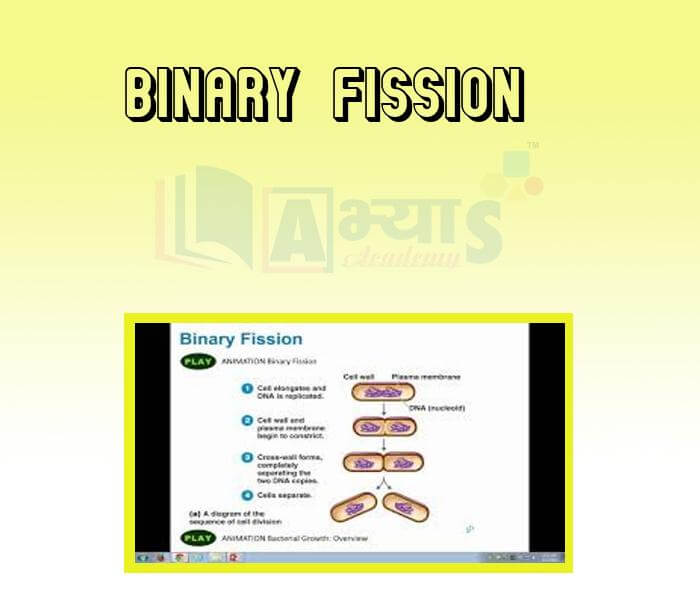
- Multiple Fission
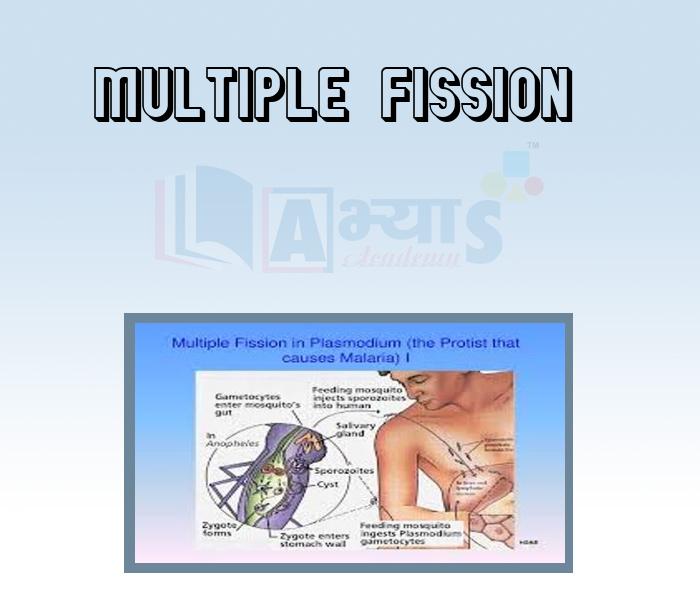
- Budding
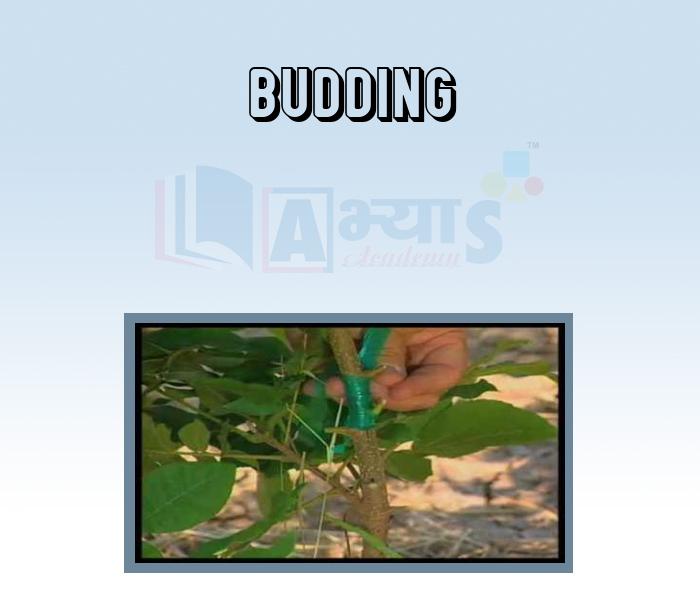
- Fragmentation -

- Spore Formation
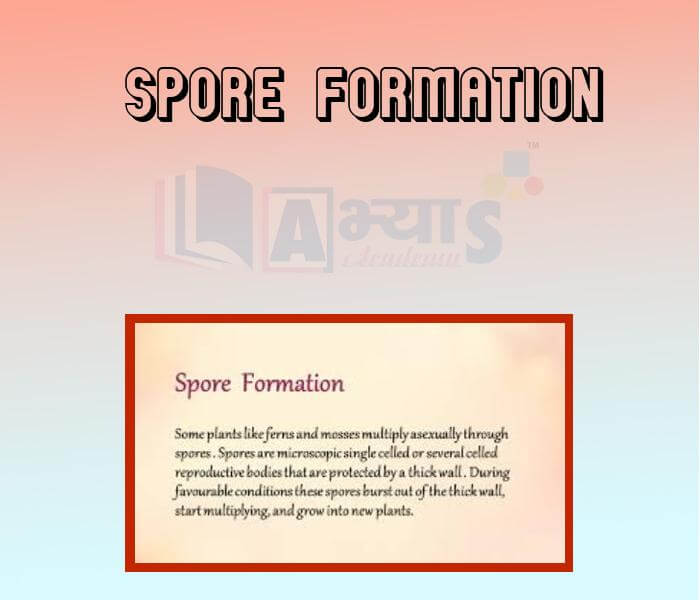
- Vegetative Propagation in Plants

- Tissue Culture
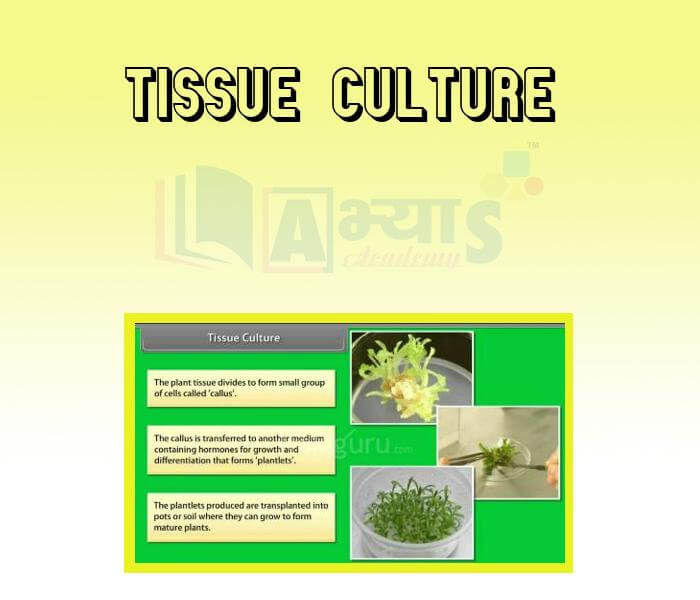
- Reproduction And Its Importance
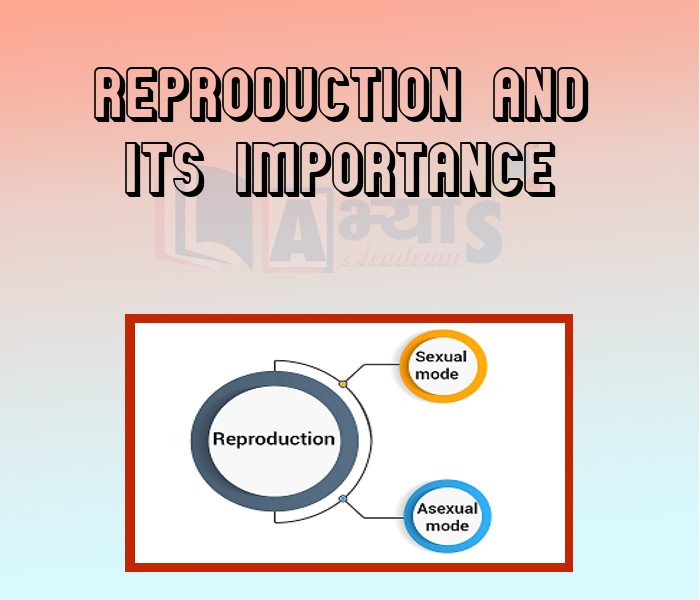
Explore Concepts (Click & View)
- Sexual Reproduction
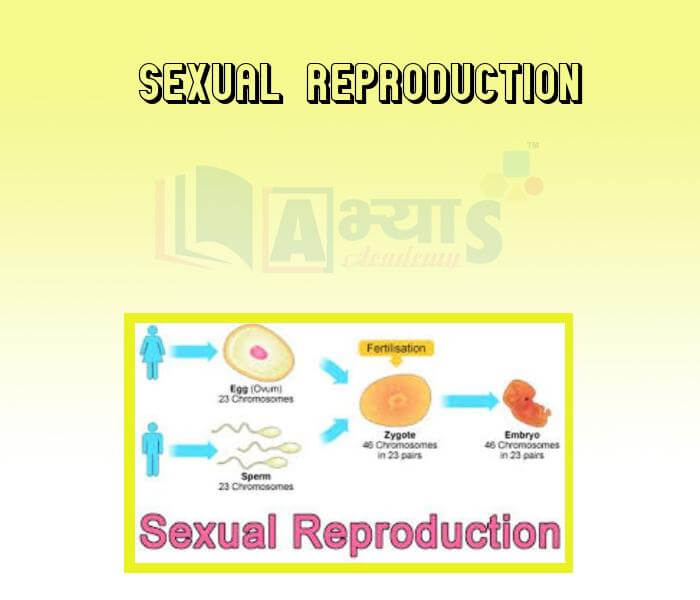
- Sexual Reproduction in Flowering Plants
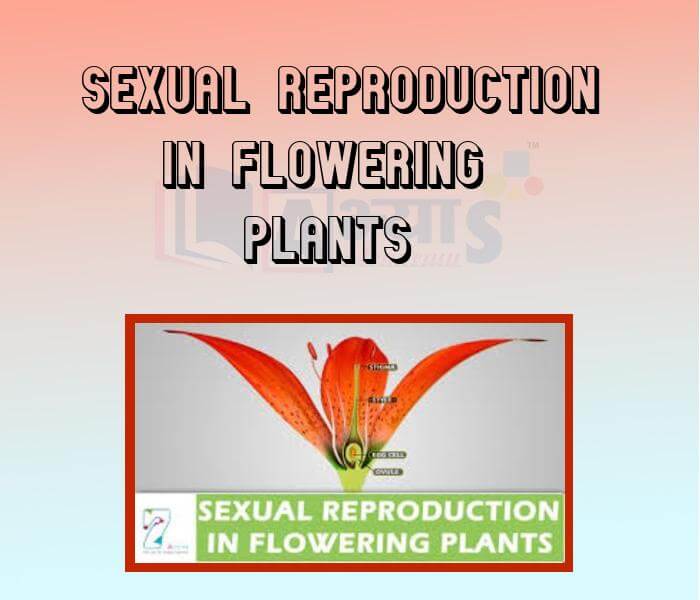
- Parts of Flower
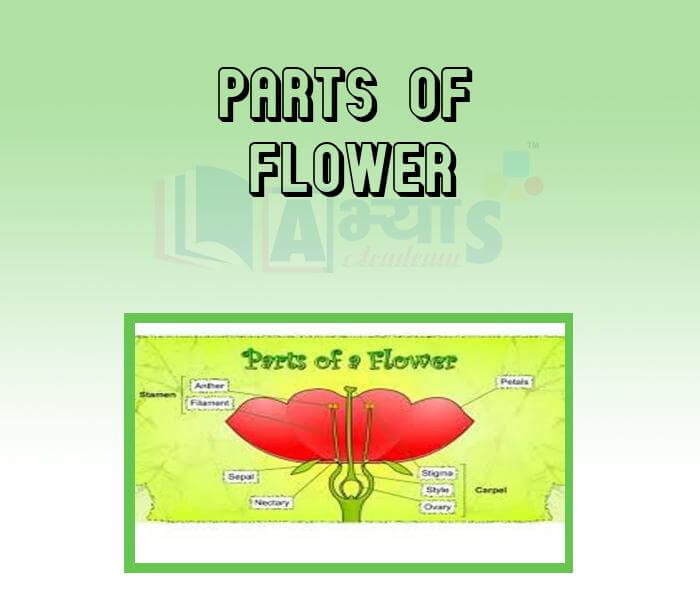
- Pollination
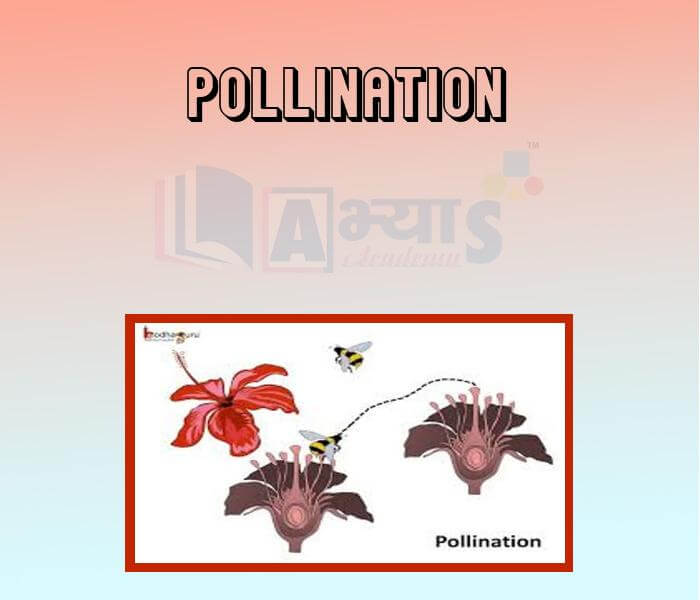
- Fertilization
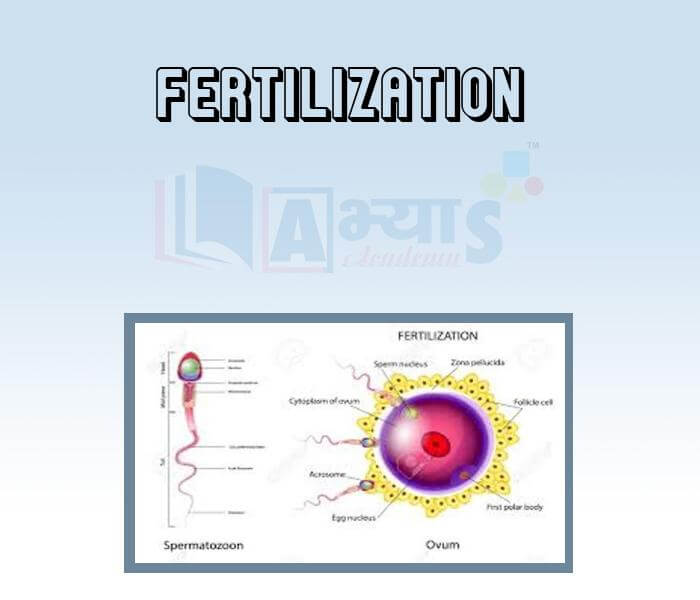
- Changes in Human Body
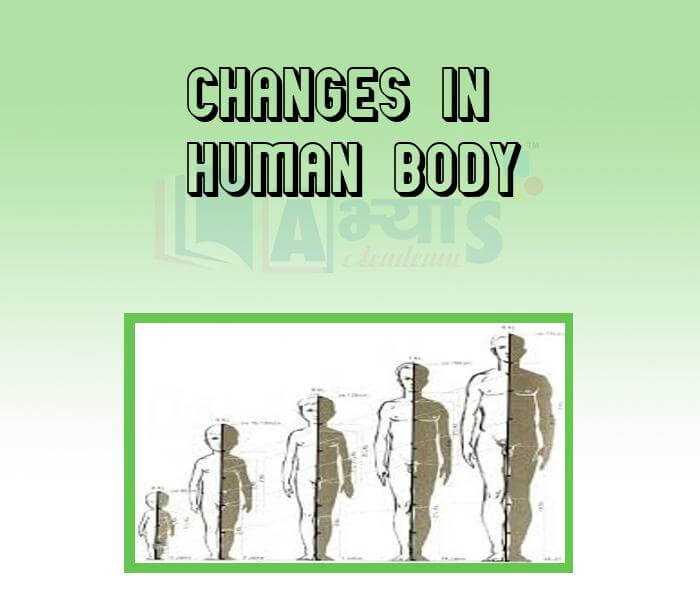
- Human Reproductive System
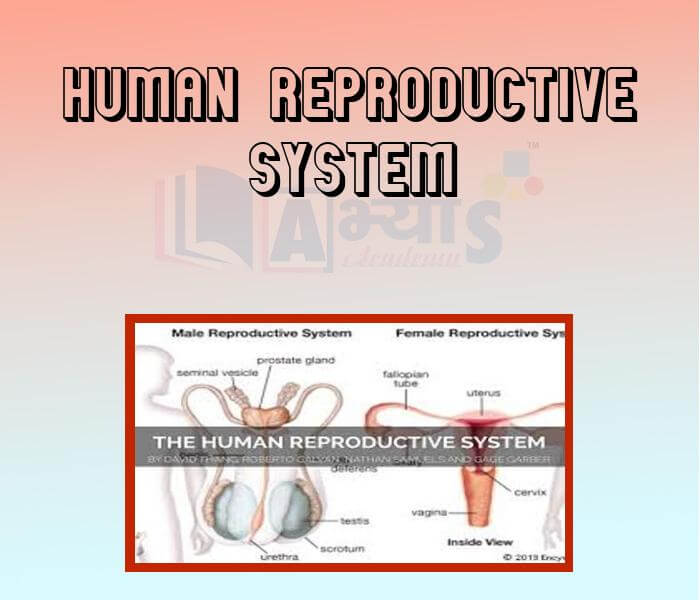
- Male Reproductive System
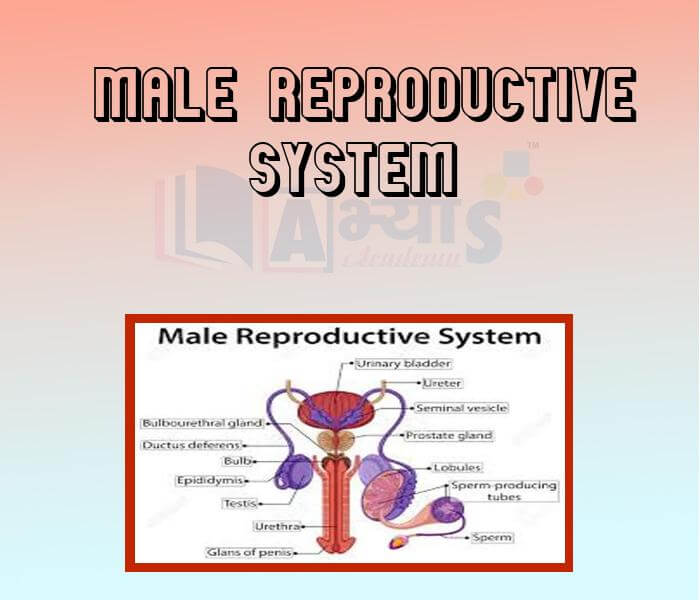
- Female Reproductive System -

- Changes After Fertilization -
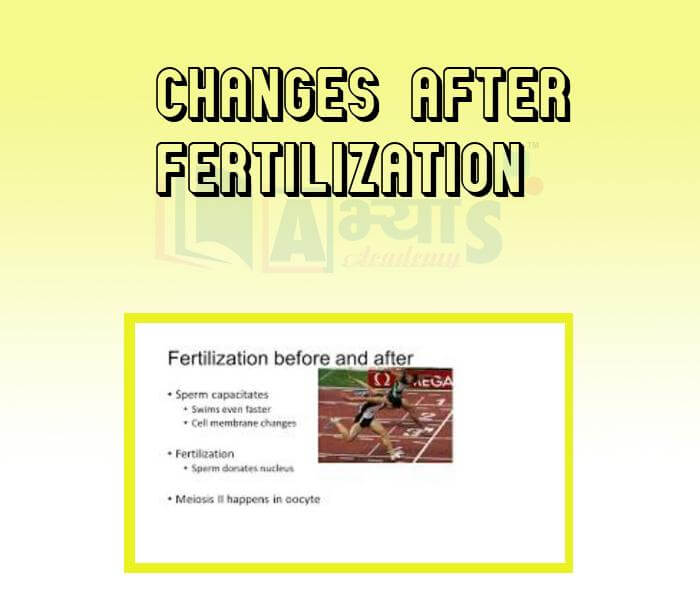
- Reproductive Health
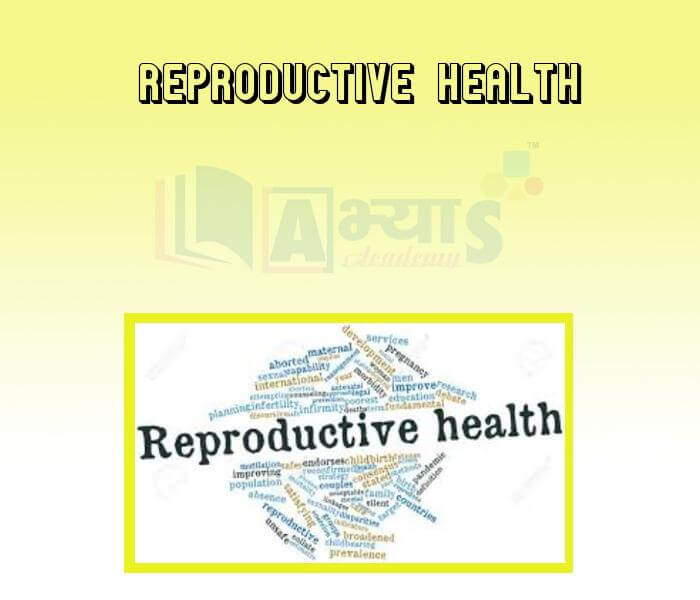
- Sexually Transmitted Diseases

- Family Planning

- Contraception
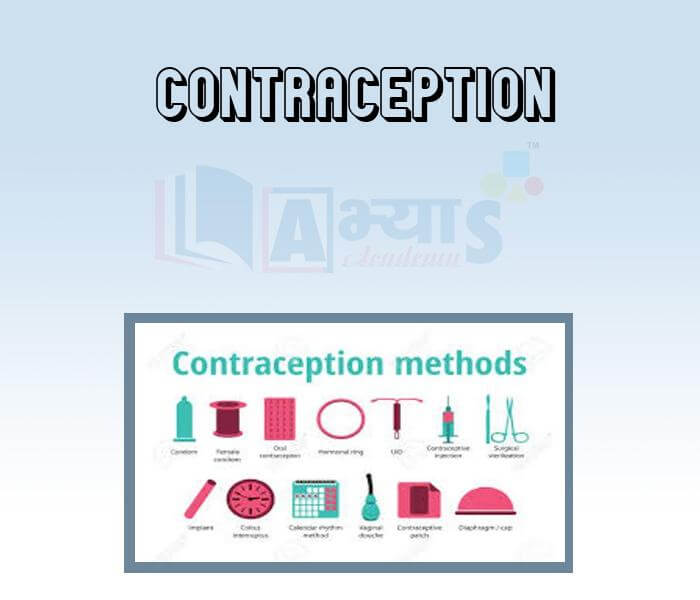
- Oviparous and Viviparous Animals

- In Vitro Fertilisation -IVF
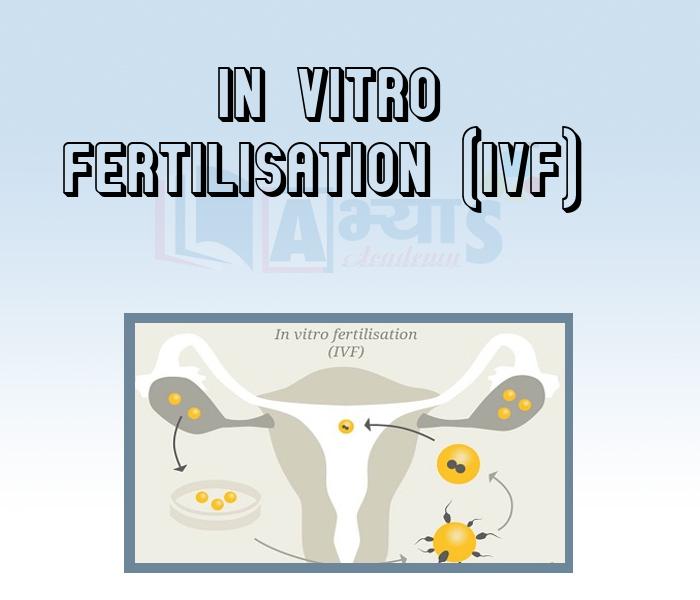
- Structure of Gametes
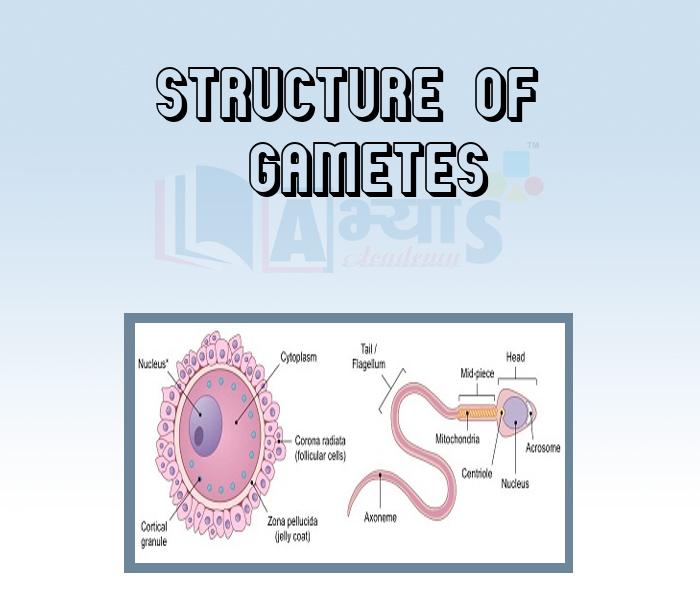
- Types of Fertilisation

- Difference Between Zygote, Embryo And Fetus
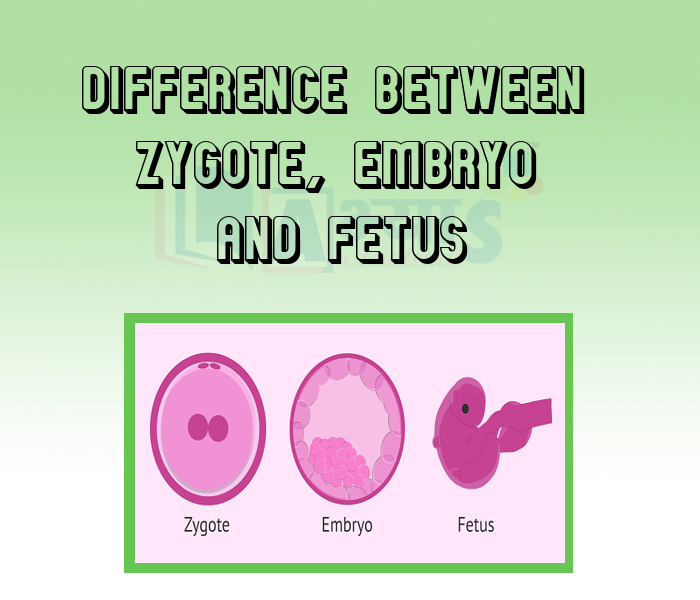
Explore Concepts (Click & View)
- Variations -
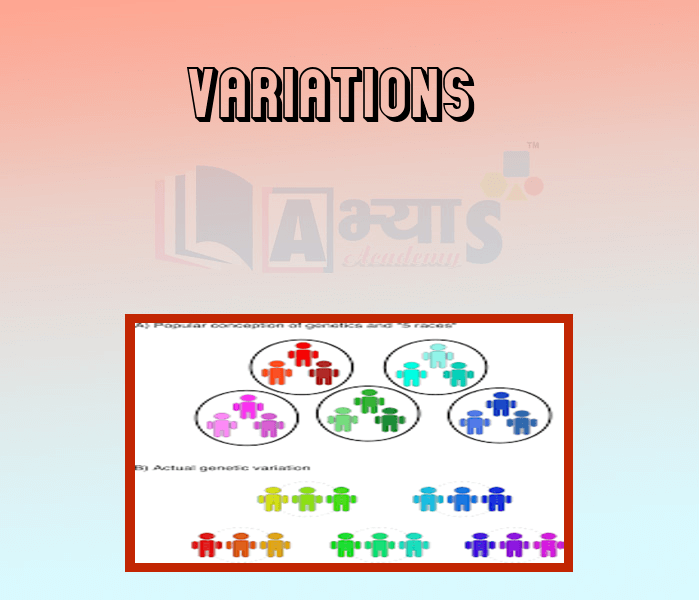
- Types of Variation Germinal and Somatic
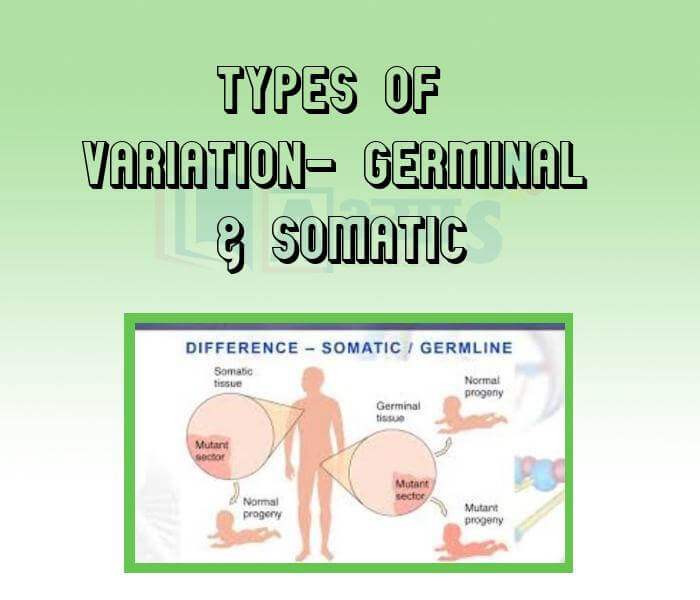
- Heritable Variations - Mutation and Generic Recombination
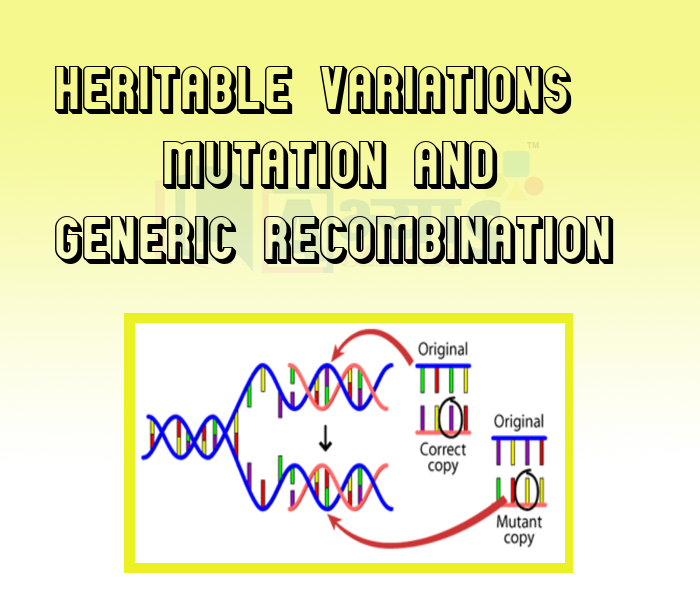
- Accumulation of Variations -
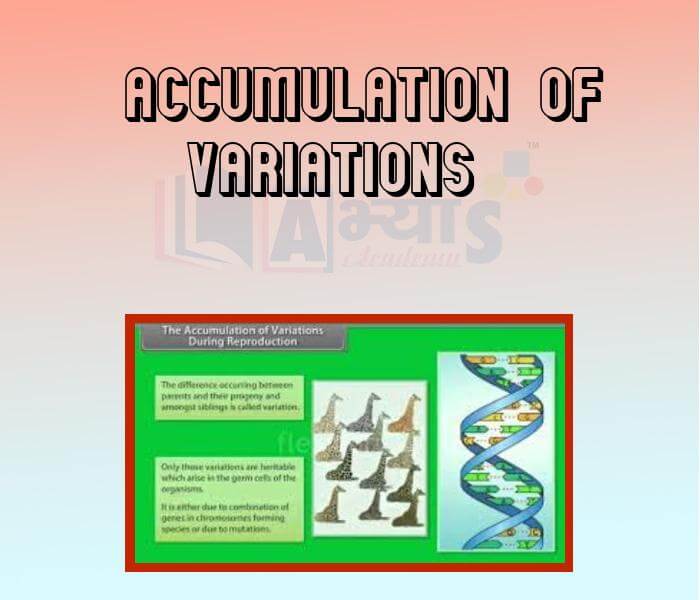
- Heredity -
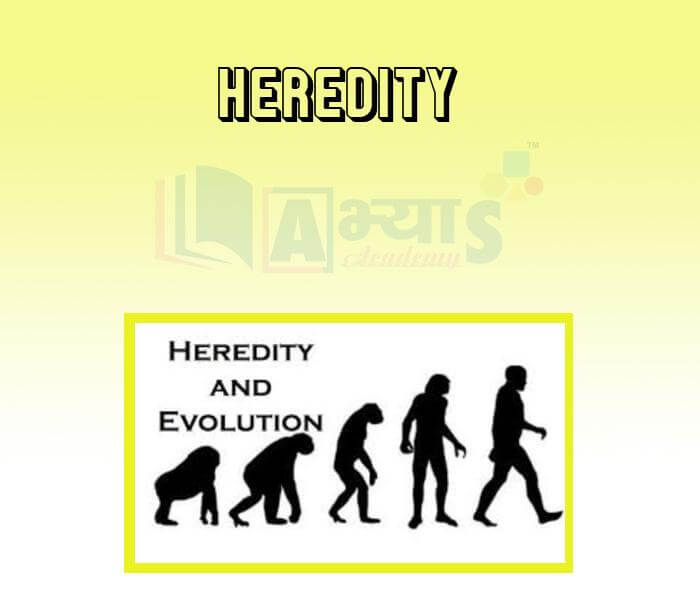
- Genetics

- Mendels Laws of the Inheritance of Traits -
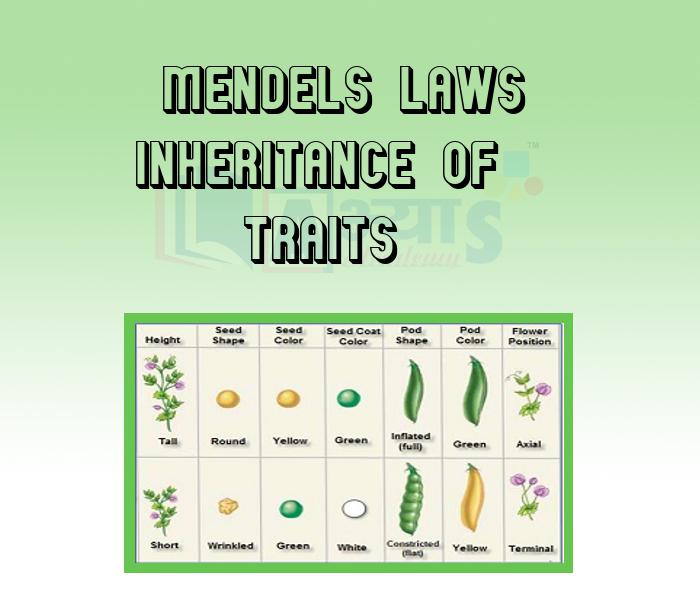
- Dominant and Recessive Traits -

- Mechanism for Expression of Traits
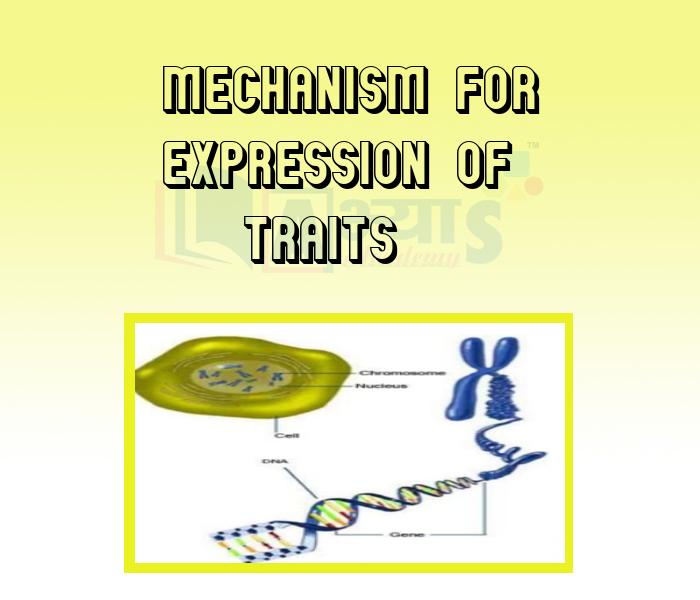
- Mechanism of Inheritance -
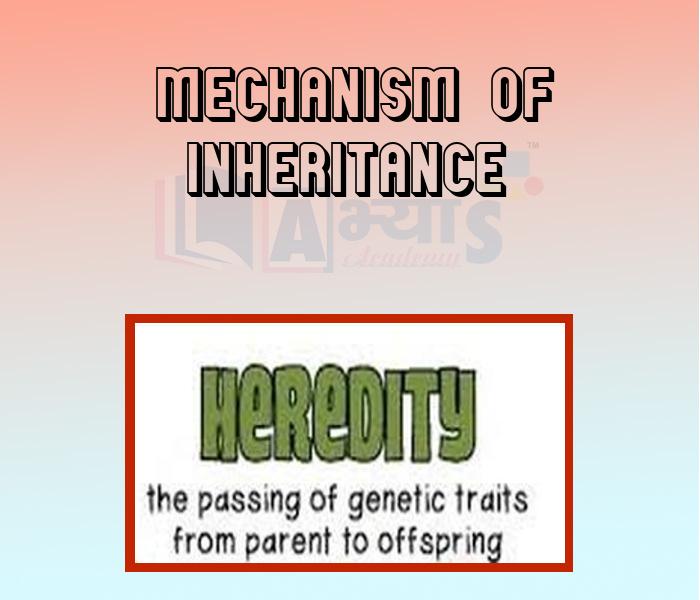
- Determination of Sex
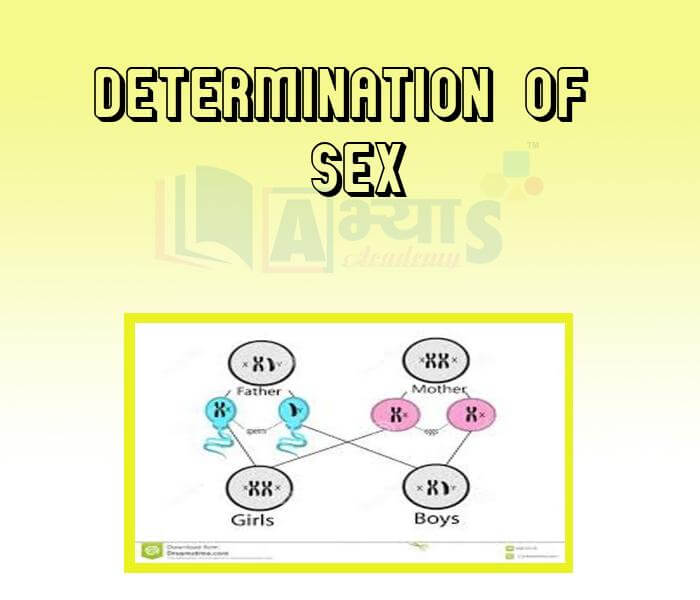
- Inheritance of Blood Groups -
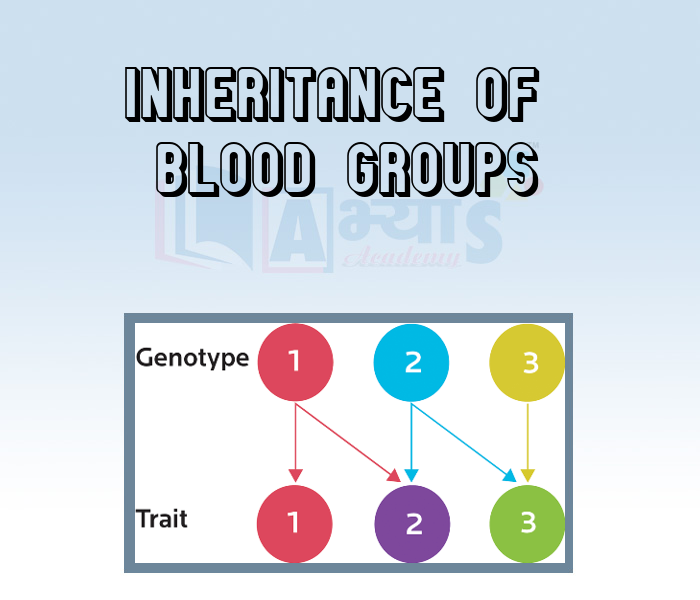
Explore Concepts (Click & View)
- Evolution

- Sources of Generic Variation -
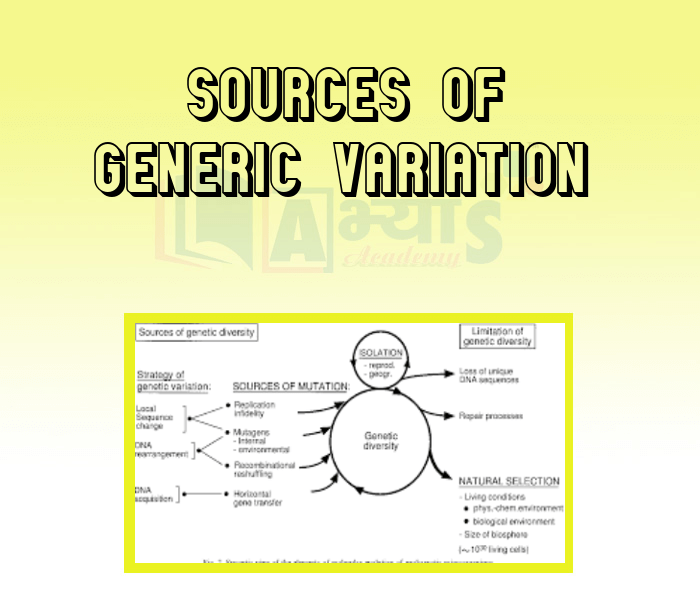
- Variations in a Population -

- Acquired and Inherited Traits -

- Charles Robert Darwin

- Origin of Life on the Earth

- Speciation

- Evolution and Classification -

- Tracing Evolutionary Relationships -
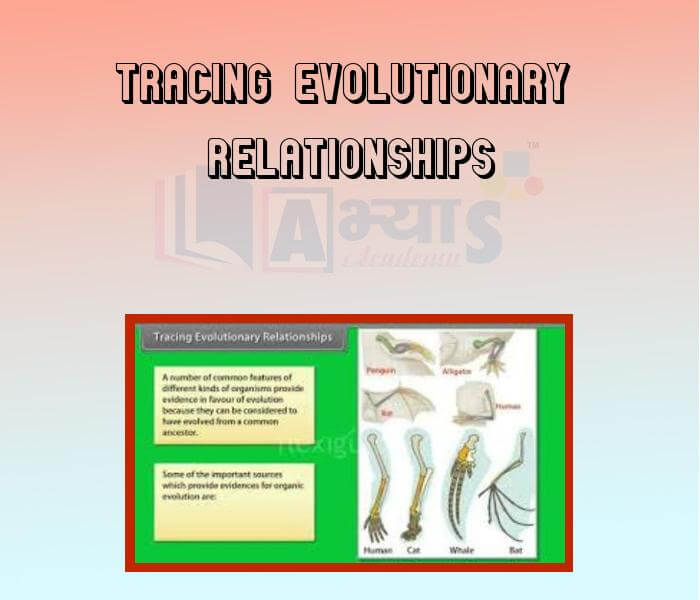
- Fossils

- Evolution is a gradual Process

- Molecular Phylogeny
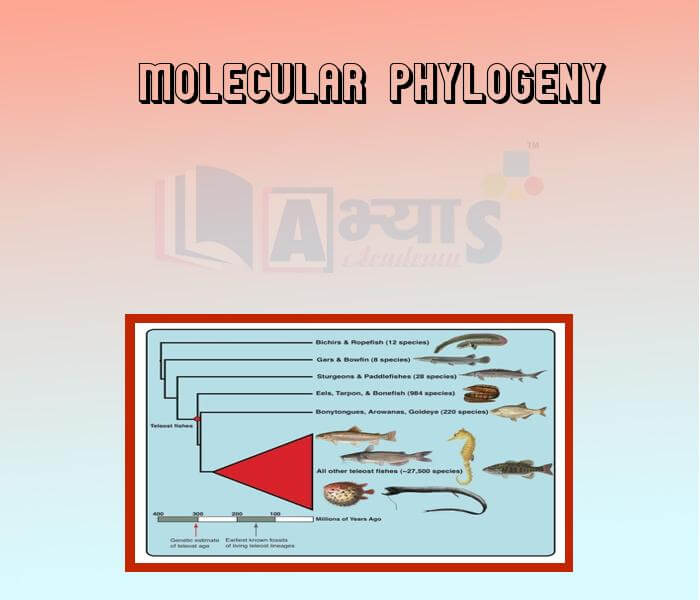
- Evolution is not Necessarily Progressive

- Human Migration
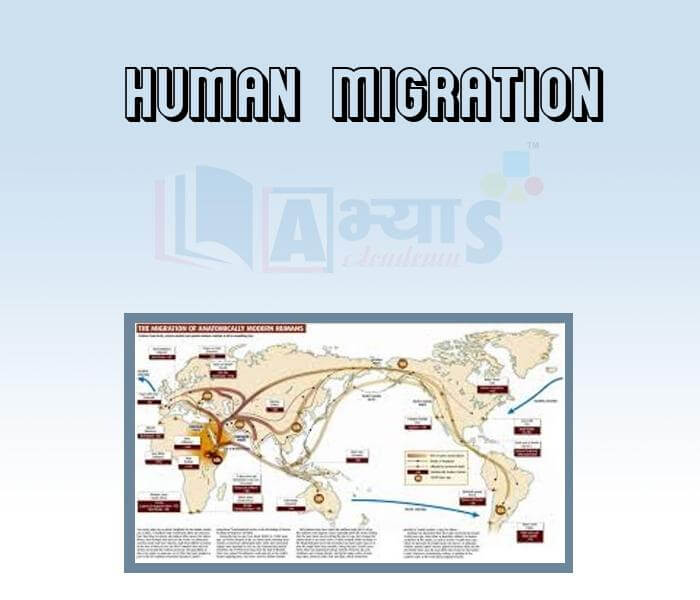
- Frequency of Genes in a population
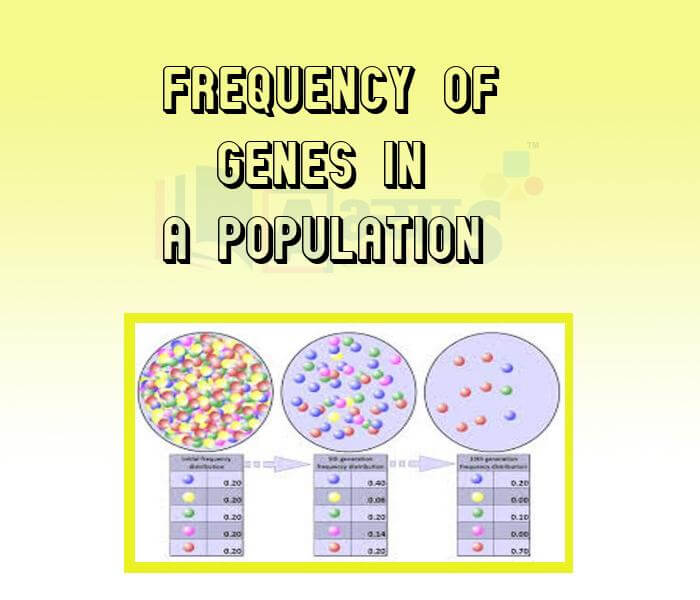
Explore Concepts (Click & View)
- Ecosystem
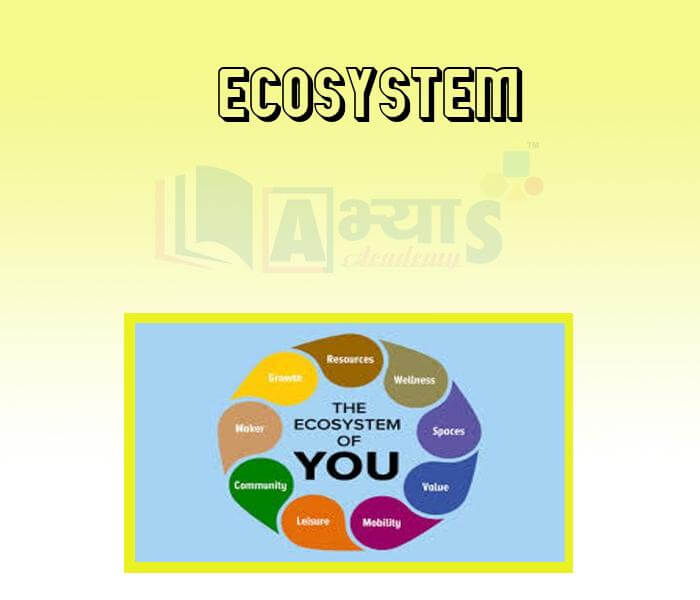
- Stability of Ecosystem
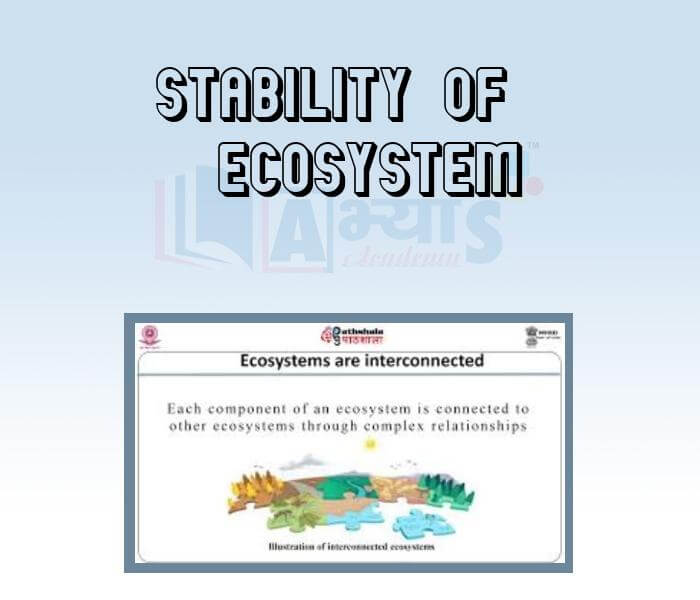
- Structure of an Ecosystem
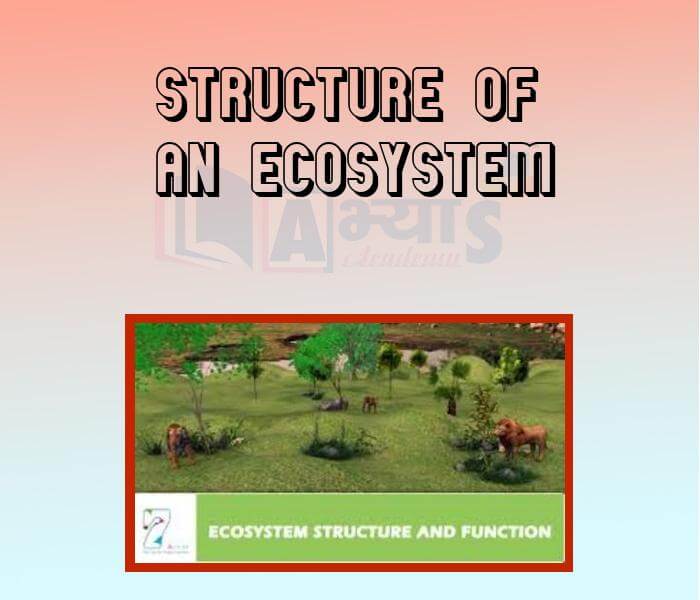
- Abiotic Component
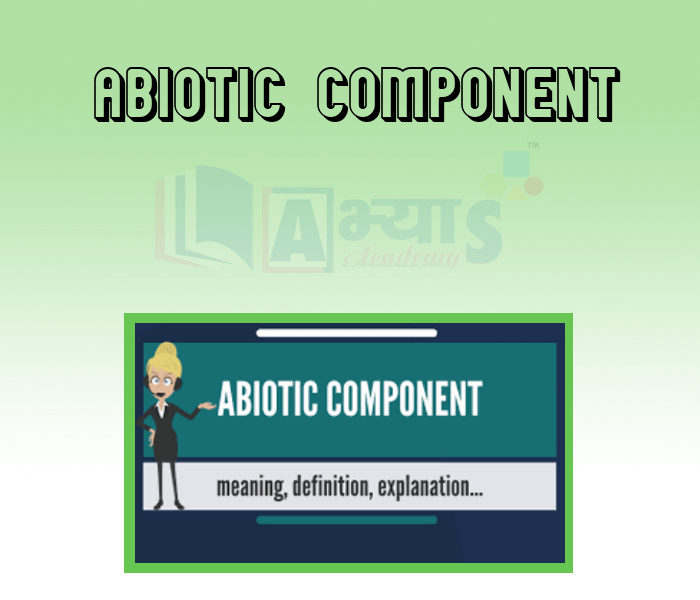
- Biotic Component
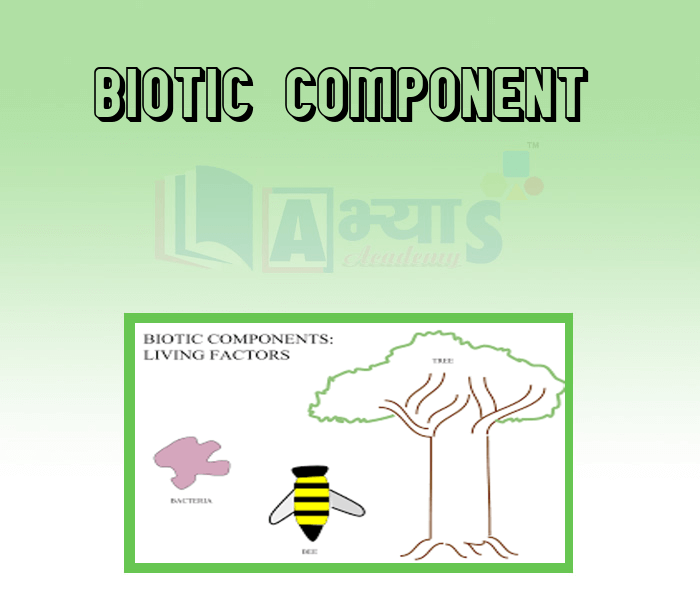
- Food Chain
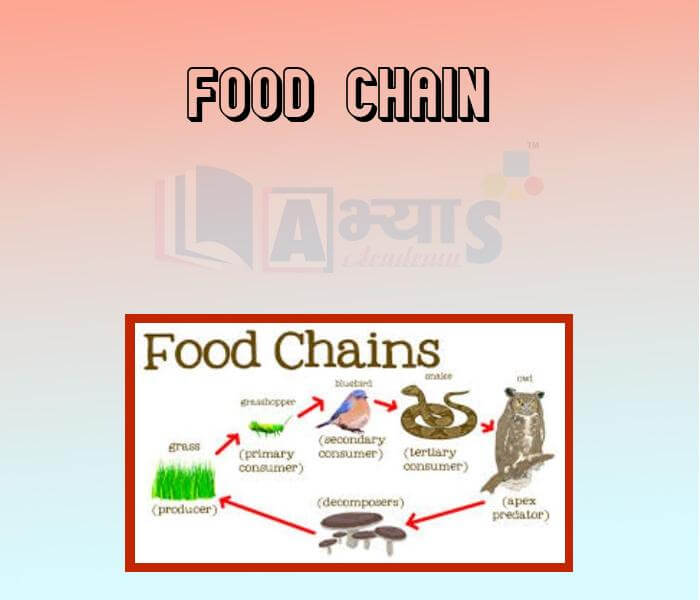
- Food Web
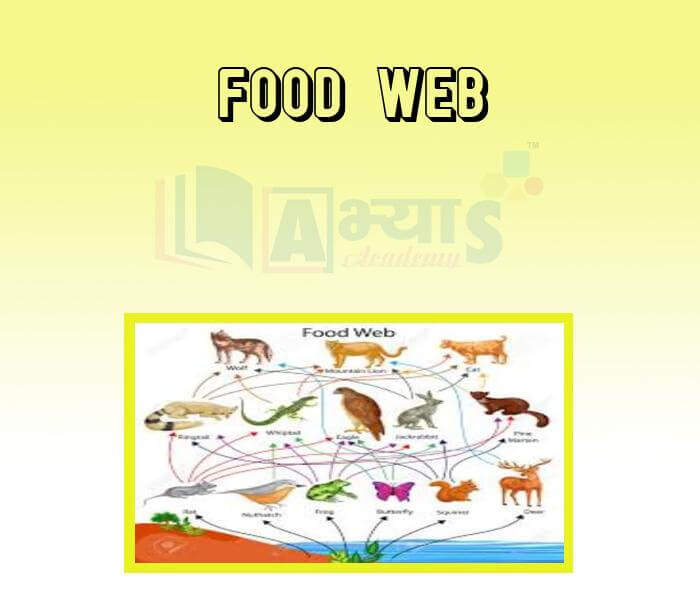
- Trophic Levels

- Flow of Energy
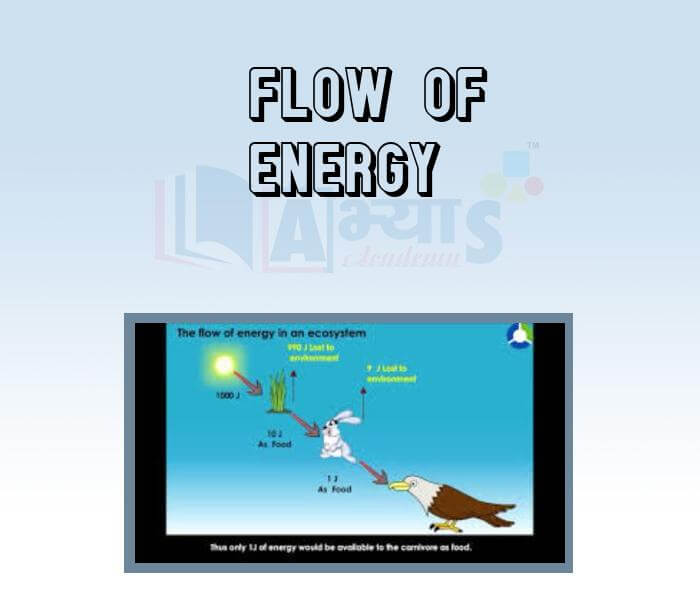
Explore Concepts (Click & View)
- Biological Magnification
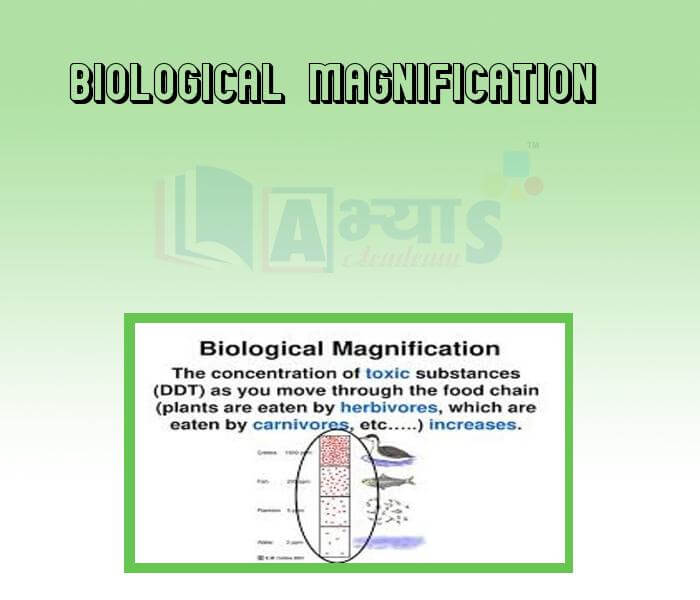
- Humans Affect the Environment -

- Human-generated Waste
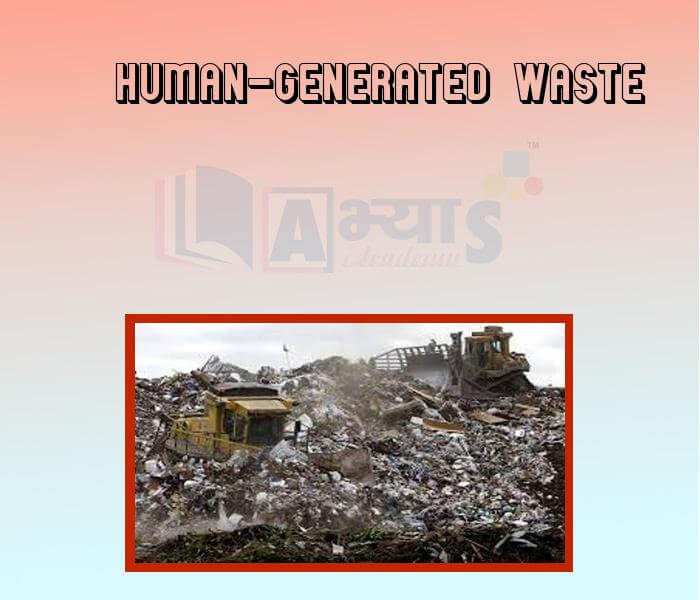
- Biodegradable and Non-Biodegradable Materials -
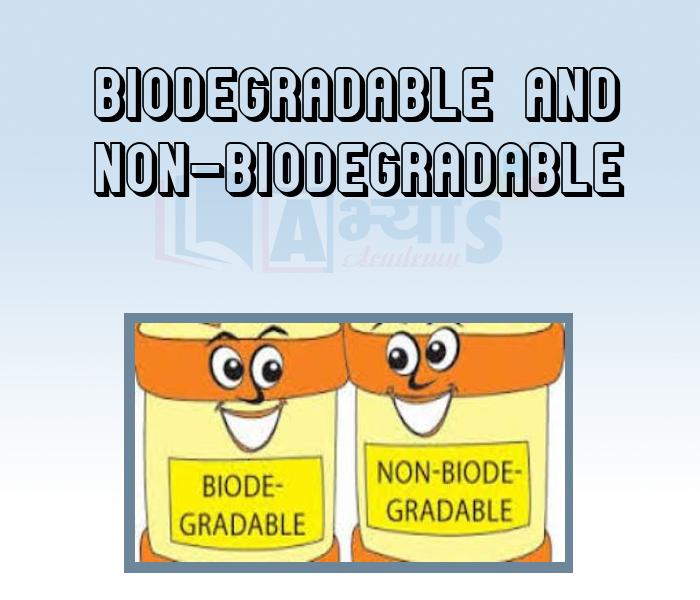
- Management of Garbage and Sewage
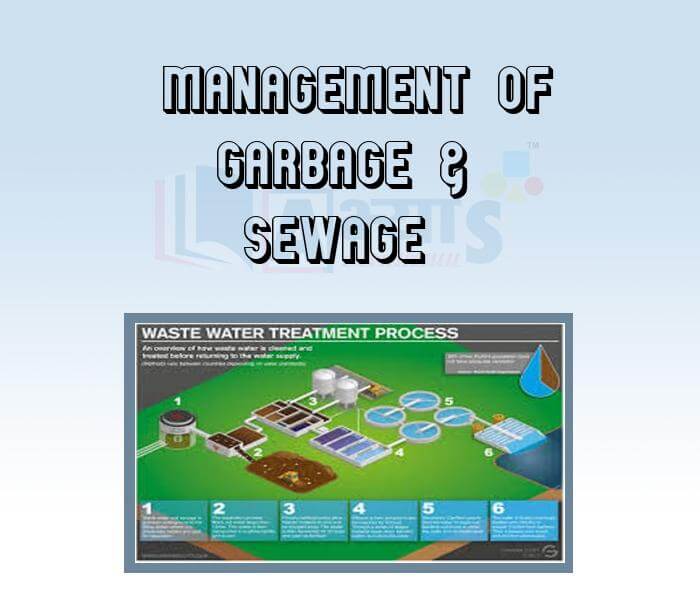
- CFCs and the Ozone Hole

Students / Parents Reviews [20]
About Abhyas metholodology the teachers are very nice and hardworking toward students.The Centre Head Mrs Anu Sethi is also a brilliant teacher.Abhyas has taught me how to overcome problems and has always taken my doubts and suppoeted me.

Shreya Shrivastava
8thBeing a parent, I saw my daughter improvement in her studies by seeing a good result in all day to day compititive exam TMO, NSO, IEO etc and as well as studies. I have got a fruitful result from my daughter.

Prisha Gupta
8thAbhyas is good institution and a innovative institute also. It is a good platform of beginners.Due to Abhyas,he has got knoweledge about reasoning and confidence.My son has improved his vocabulary because of Abhyas.Teacher have very friendly atmosphere also.

Manish Kumar
10thAbhyas institute is one of the best coaching institute in the vicinity of Ambala Cantt area. The teachers of the institute are well experienced and very helpful in solving the problems of the students.The good thing of the institute is that it is providing extra classes for the students who are w...

Aman Kumar Shrivastava
10thAbhyas is an institute of high repute. Yogansh has taken admission last year. It creates abilities in child to prepare for competitive exams. Students are motivated by living prizes on basis of performance in Abhyas exams. He is satisfied with institute.

Yogansh Nyasi
7thIt was good as the experience because as we had come here we had been improved in a such envirnment created here.Extra is taught which is beneficial for future.

Eshan Arora
8thA marvelous experience with Abhyas. I am glad to share that my ward has achieved more than enough at the Ambala ABHYAS centre. Years have passed on and more and more he has gained. May the centre flourish and develop day by day by the grace of God.

Archit Segal
7thAbhyas Methodology is very good. It is based on according to student and each child manages accordingly to its properly. Methodology has improved the abilities of students to shine them in future.

Manish Kumar
10thThird consective year,my ward is in Abhyas with nice experience of admin and transport support.Educational standard of the institute recumbent at satisfactory level. One thing would live to bring in notice that last year study books was distributed after half of the session was over,though study ...

Ayan Ghosh
8thMy experience with Abhyas is very good. I have learnt many things here like vedic maths and reasoning also. Teachers here first take our doubts and then there are assignments to verify our weak points.

Shivam Rana
7thThe experience was nice. I studied here for three years and saw a tremendous change in myself. I started liking subjects like English and SST which earlier I ran from. Extra knowledge gave me confidence to overcome competitive exams. One of the best institutes for secondary education.

Aman Kumar Shrivastava
10thUsually we see institutes offering objective based learning which usually causes a lag behind in subjective examinations which is the pattern followed by schools. I think it is really a work of planning to make us students grab the advantages of modes of examination, Objective Subjective and Onli...

Anika Saxena
8thIt has a great methodology. Students here can get analysis to their test quickly.We can learn easily through PPTs and the testing methods are good. We know that where we have to practice

Barkha Arora
10thMy experience with Abhyas Academy has been very good. When I was not in Abhyas whenever teacher ask questions I could not speak it confidently but when I came in Abhyas, my speaking skills developed and now I am the first one to give the answer of teachers question.

Upmanyu Sharma
7thIt was a good experience with Abhyas Academy. I even faced problems in starting but slowly and steadily overcomed. Especially reasoning classes helped me a lot.

Cheshta
10thAbhyas is a complete education Institute. Here extreme care is taken by teacher with the help of regular exam. Extra classes also conducted by the institute, if the student is weak.

Om Umang
10thWe started with lot of hope that Abhyas will help in better understnding of complex topics of highers classes. we are not disappointed with the progress our child has made after attending Abhyas. Though need to mention that we expected a lot more. On a scale of 1-10, we would give may be 7.

Manya
8thAbhyas institute is one of the best coaching institute in the vicinity of Ambala cantt.The institute provides good and quality education to the students.The teachers are well experienced and are very helpful in solving the problems. The major advantages of the institute is extra classes for weak...

Shreya Shrivastava
8thMy experience was very good with Abhyas academy. I am studying here from 6th class and I am satisfied by its results in my life. I improved a lot here ahead of school syllabus.

Ayan Ghosh
8thWhen I have not joined Abhyas Academy, my skills of solving maths problems were not clear. But, after joining it, my skills have been developed and my concepts of science and SST are very well. I also came to know about other subjects such as vedic maths and reasoning.









